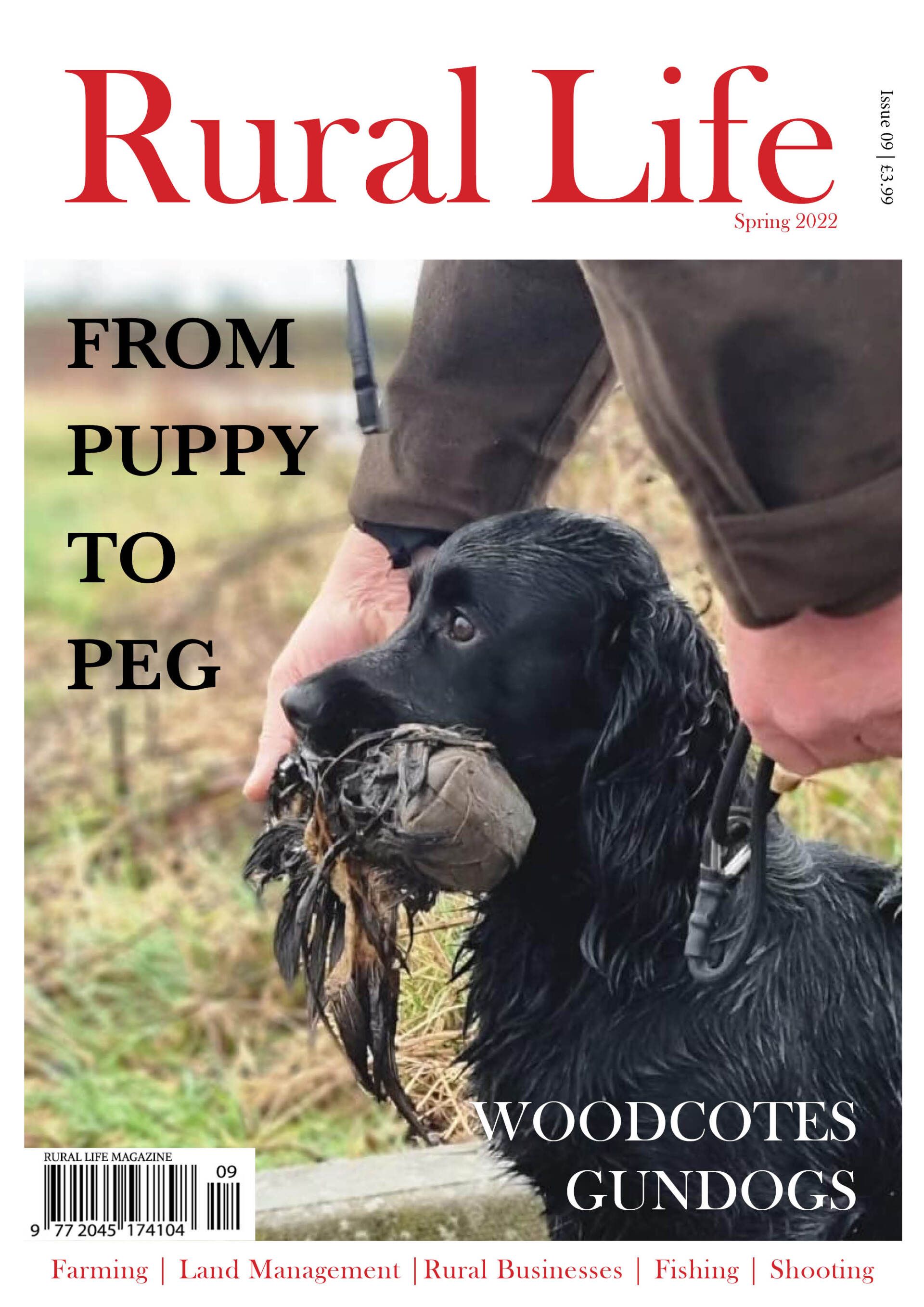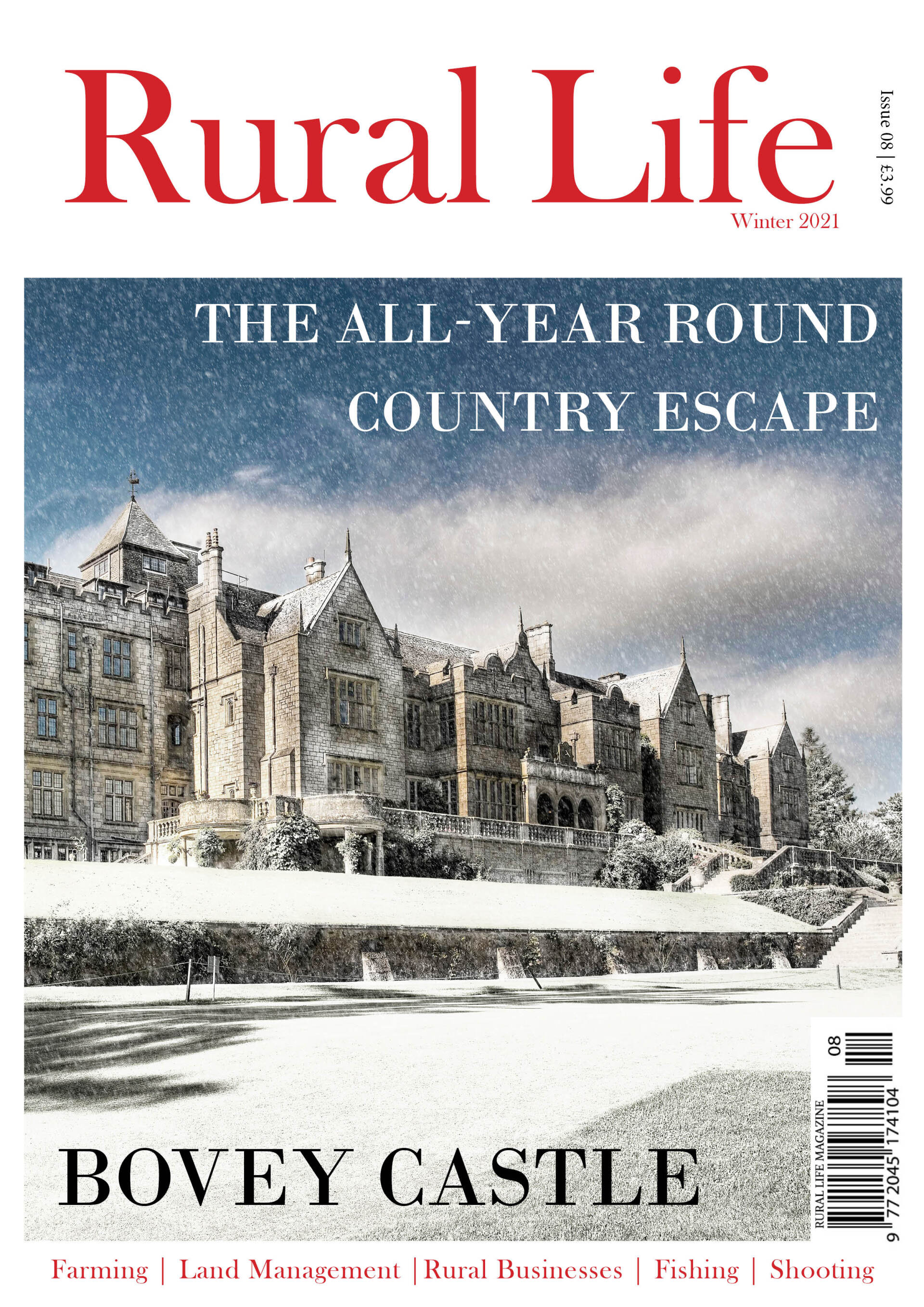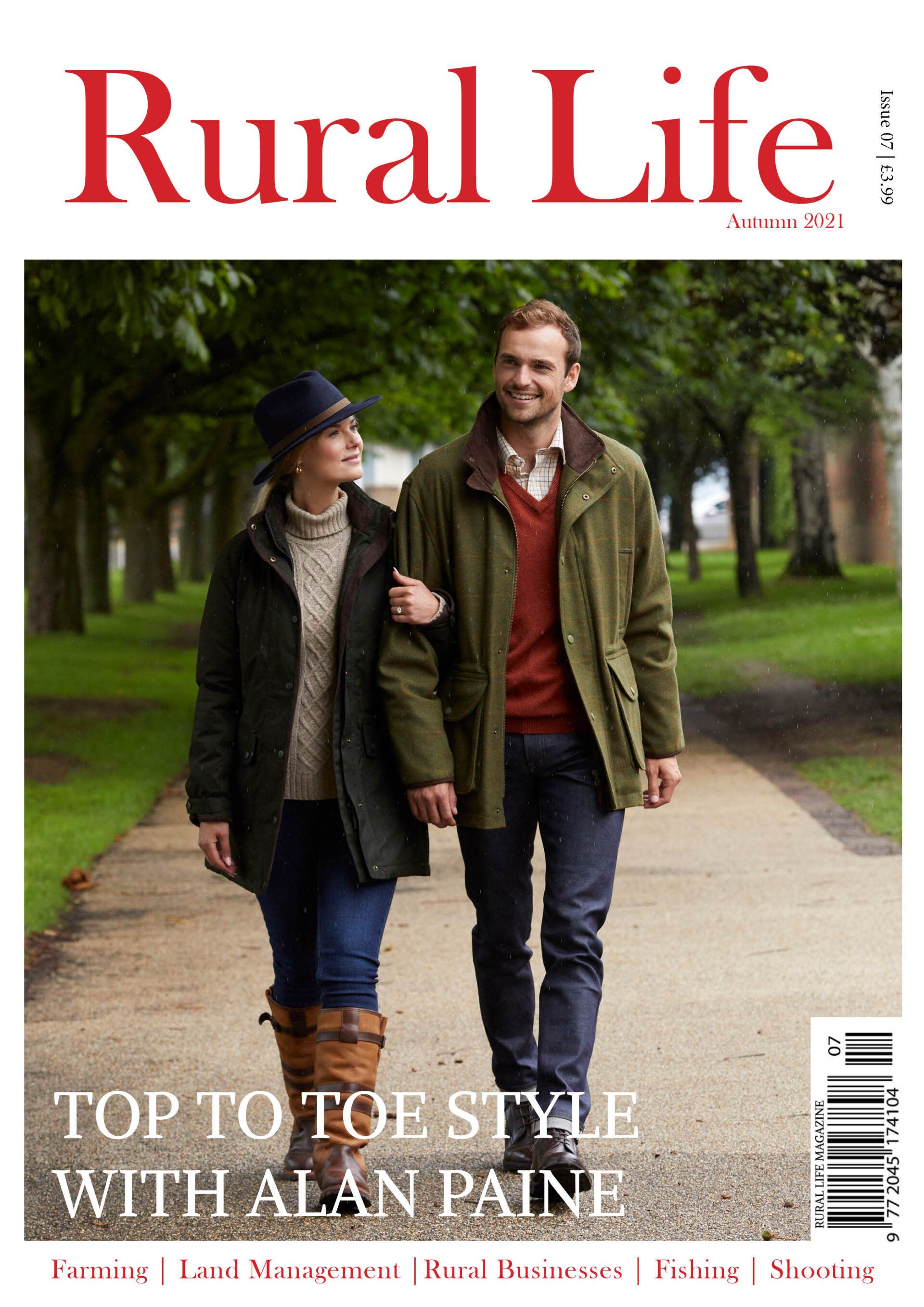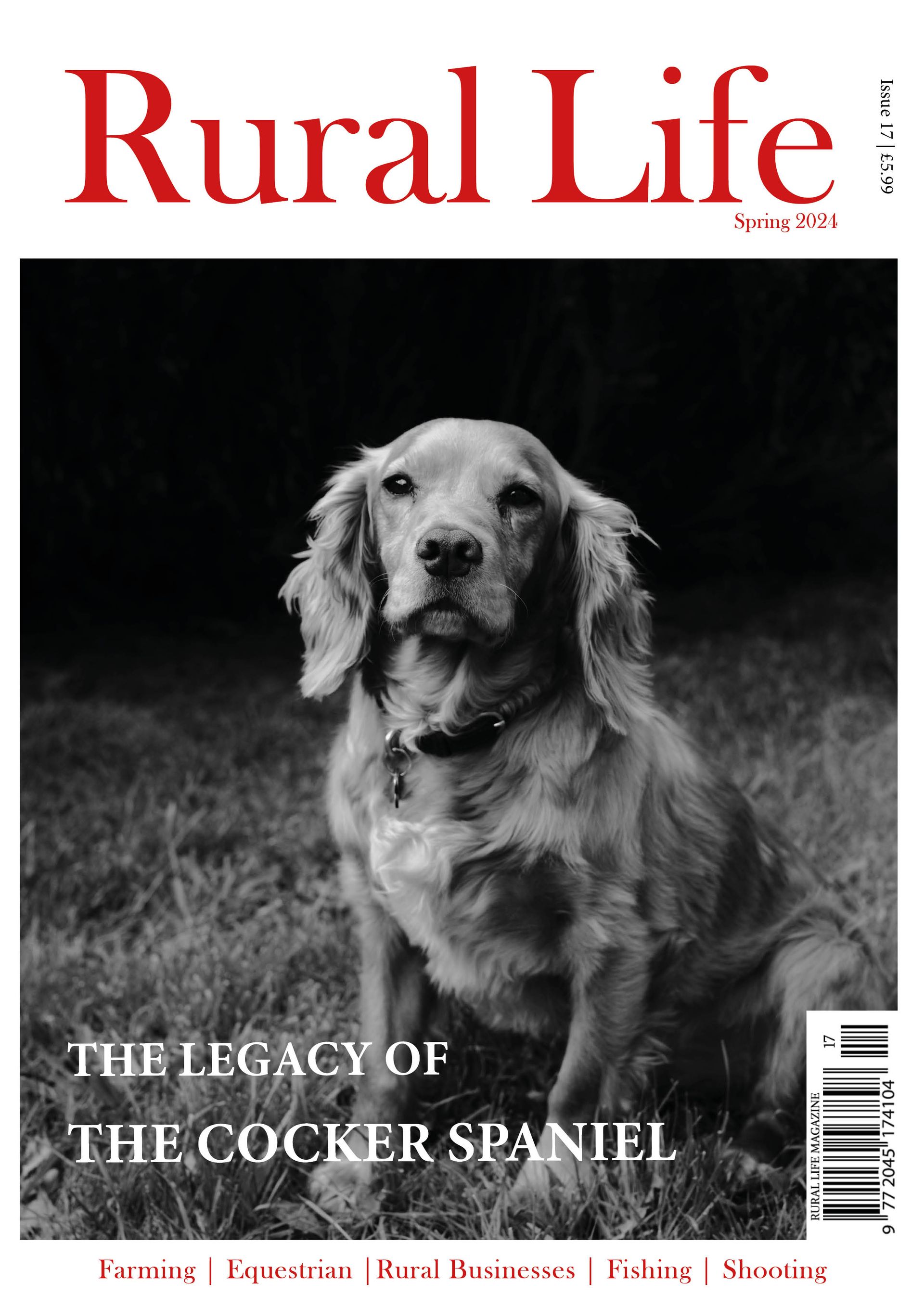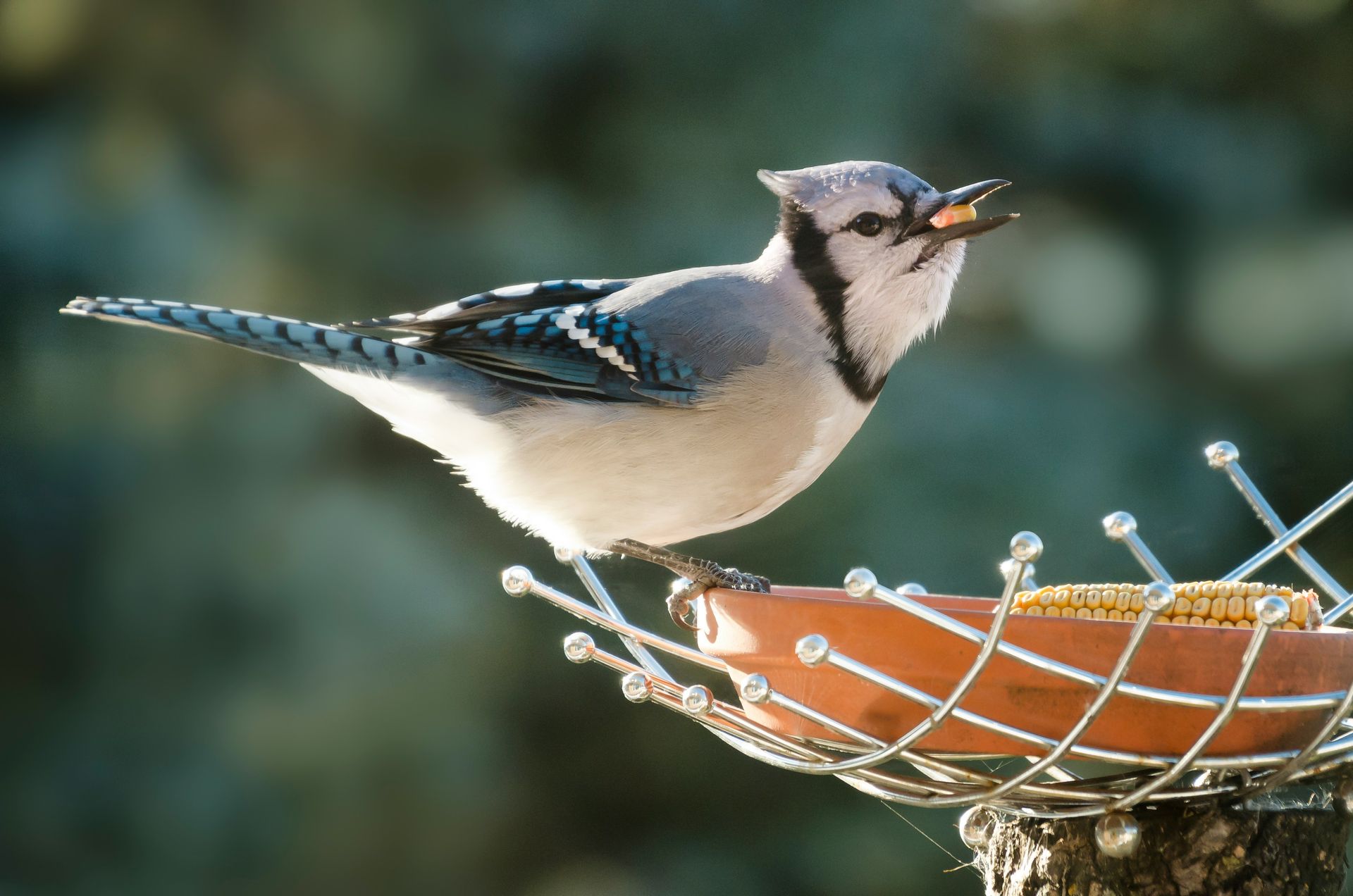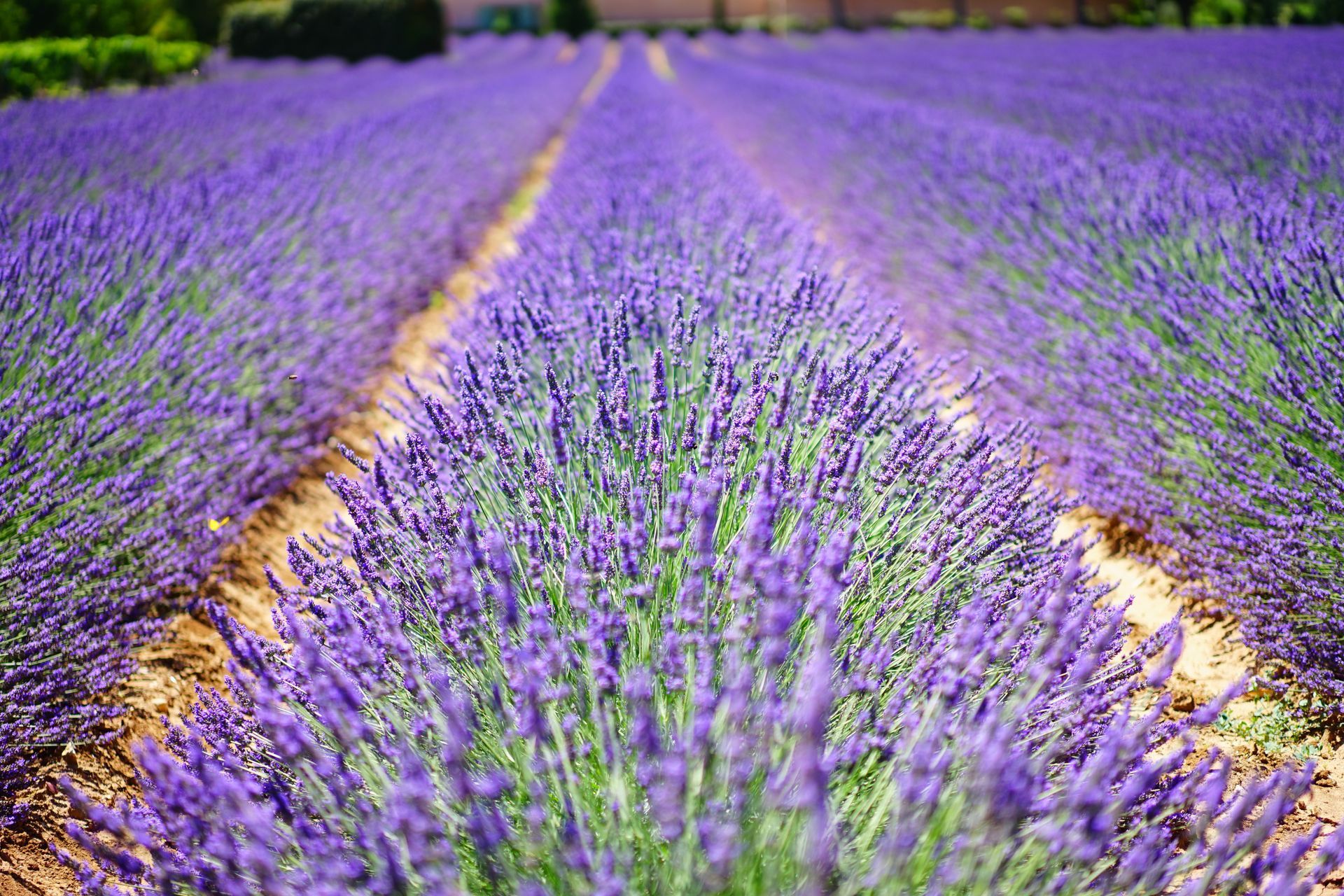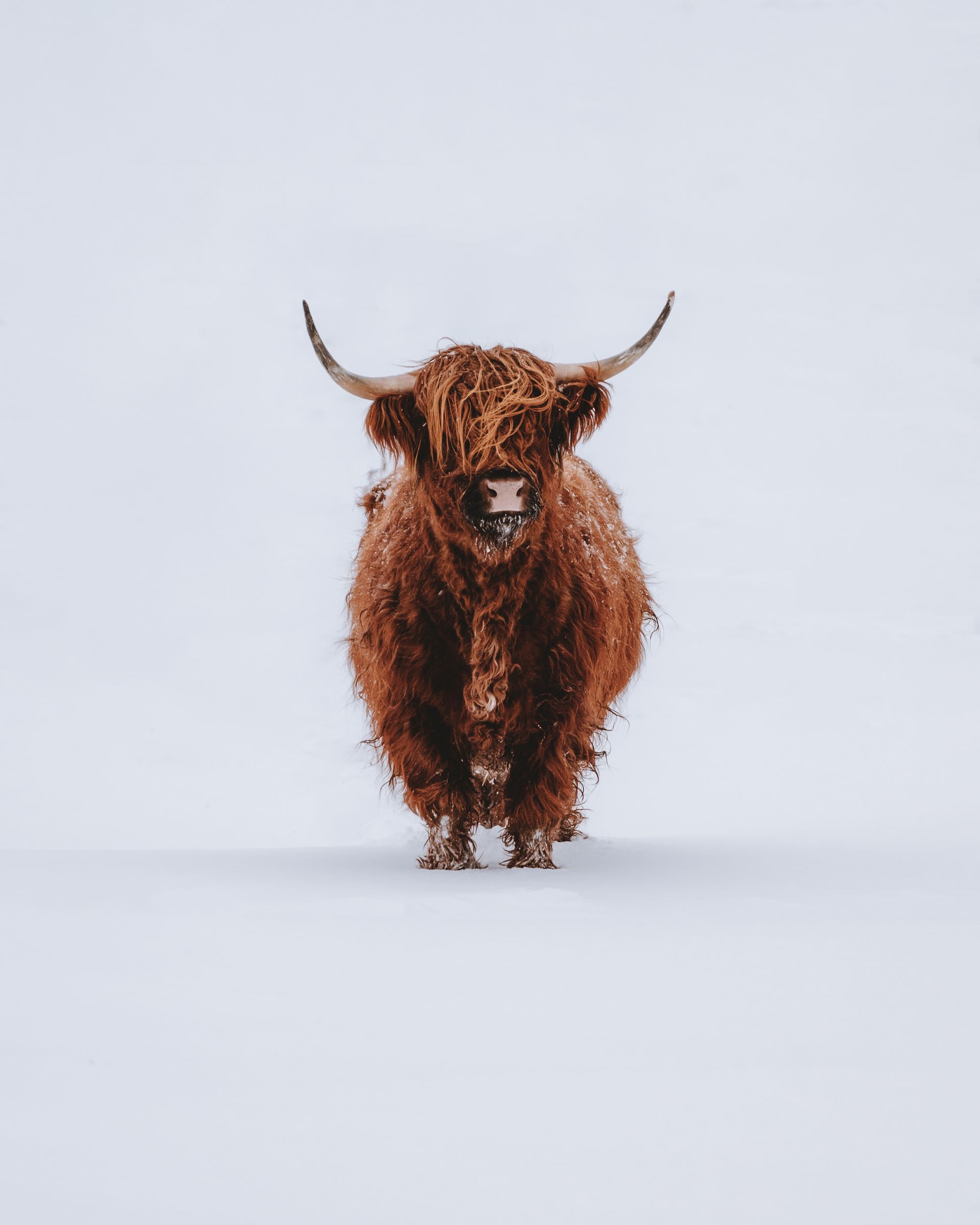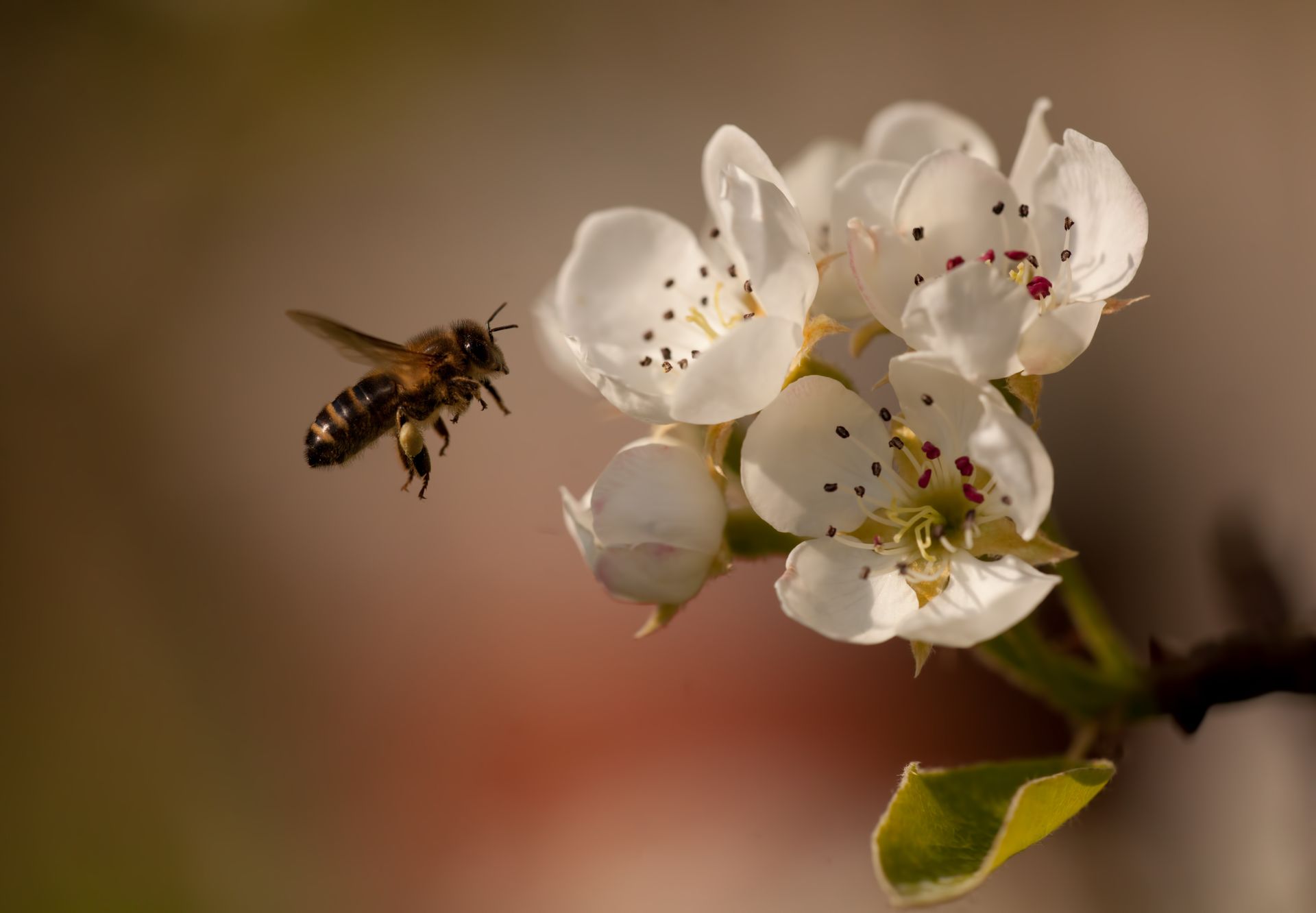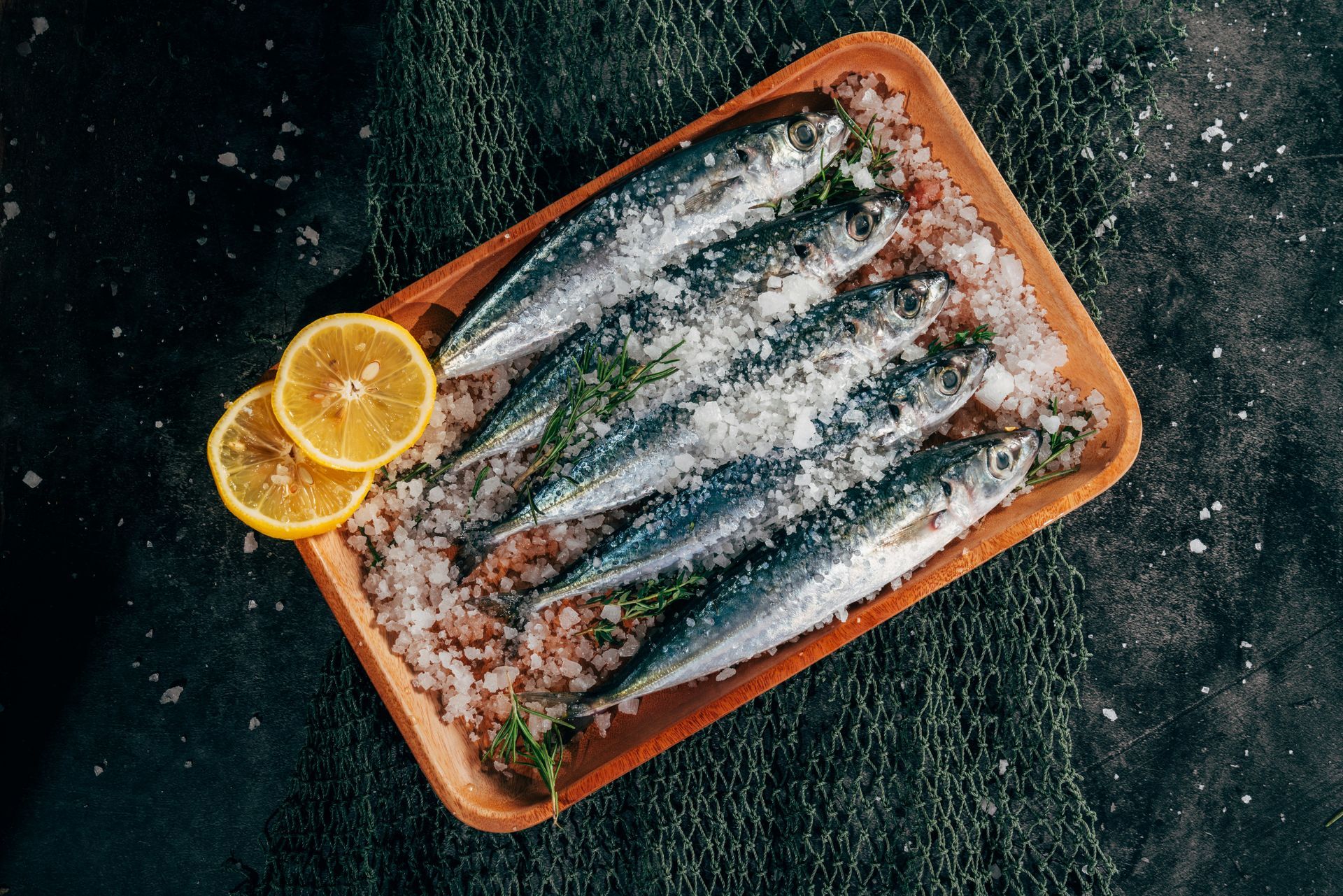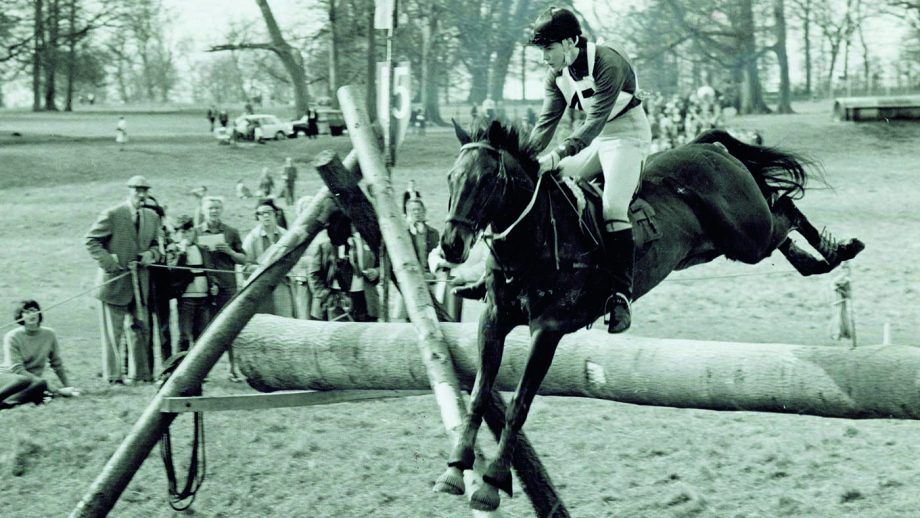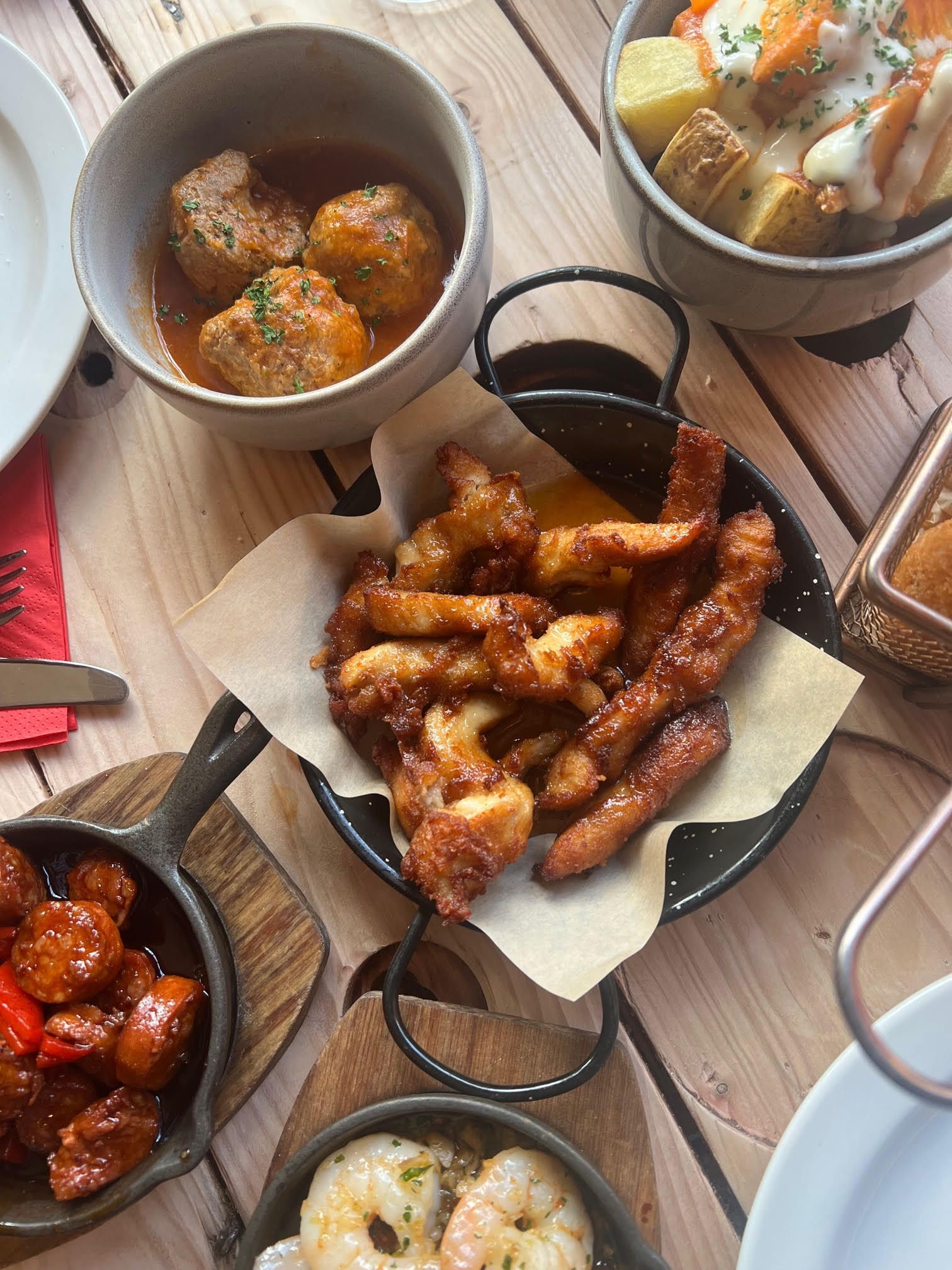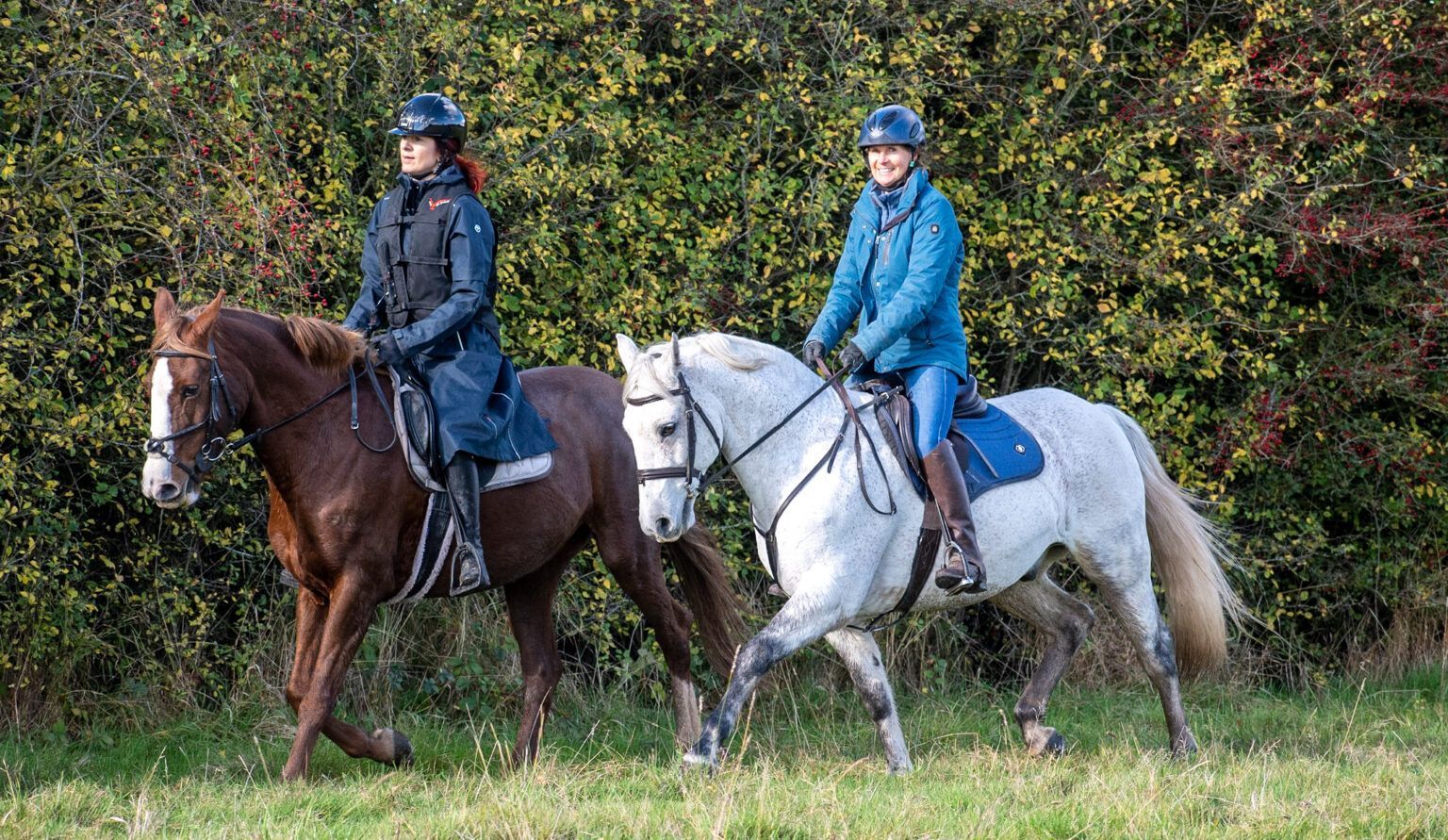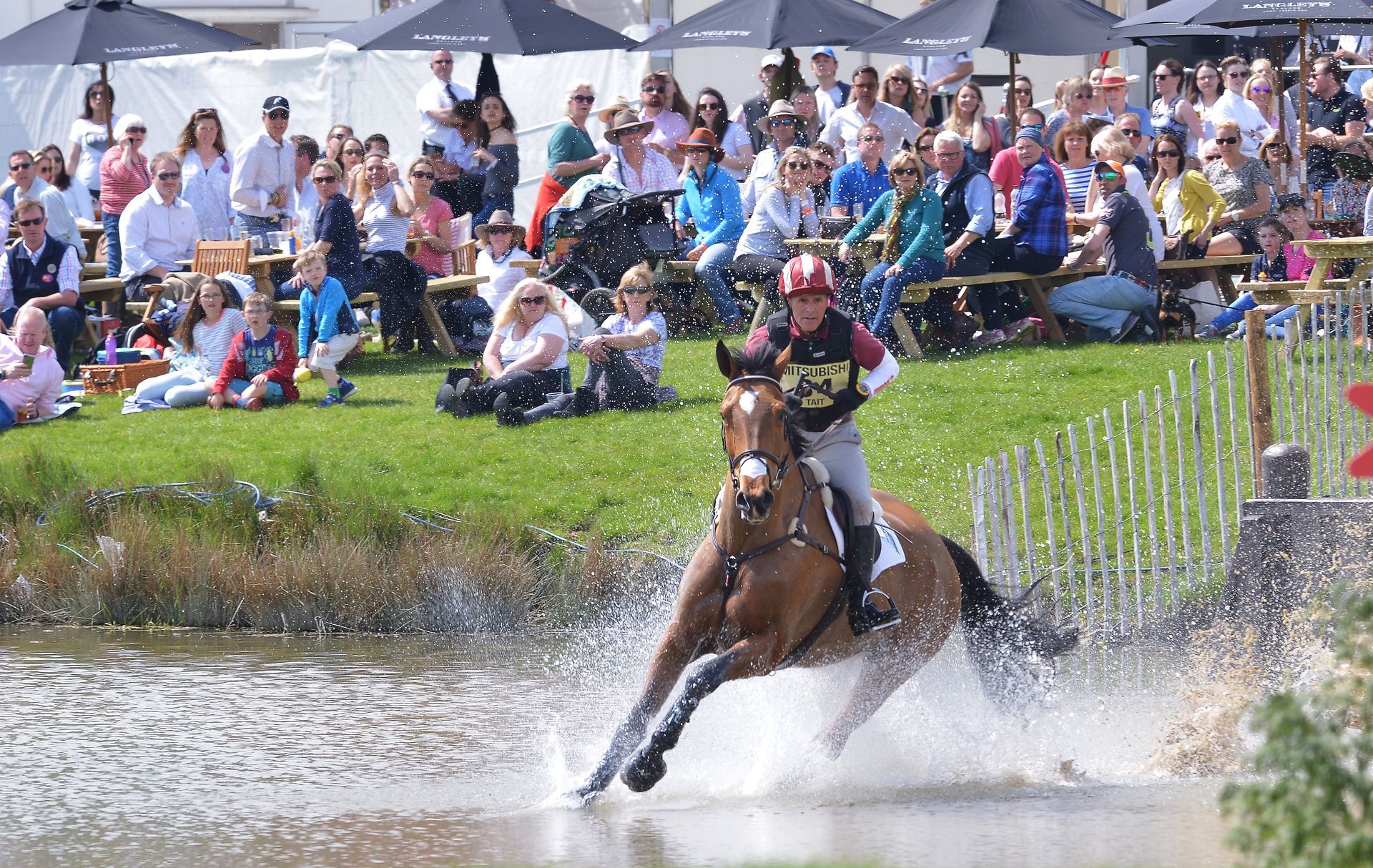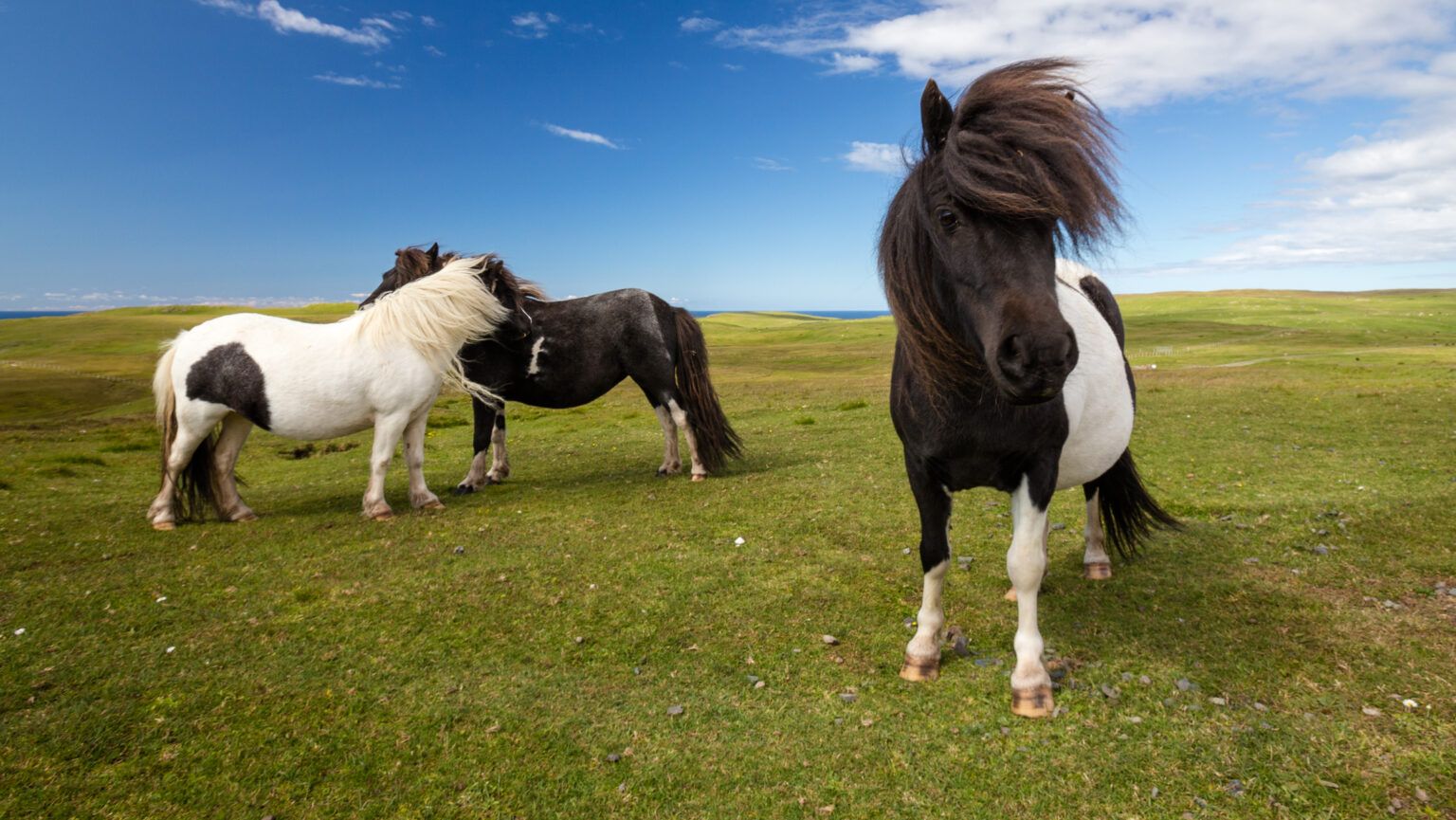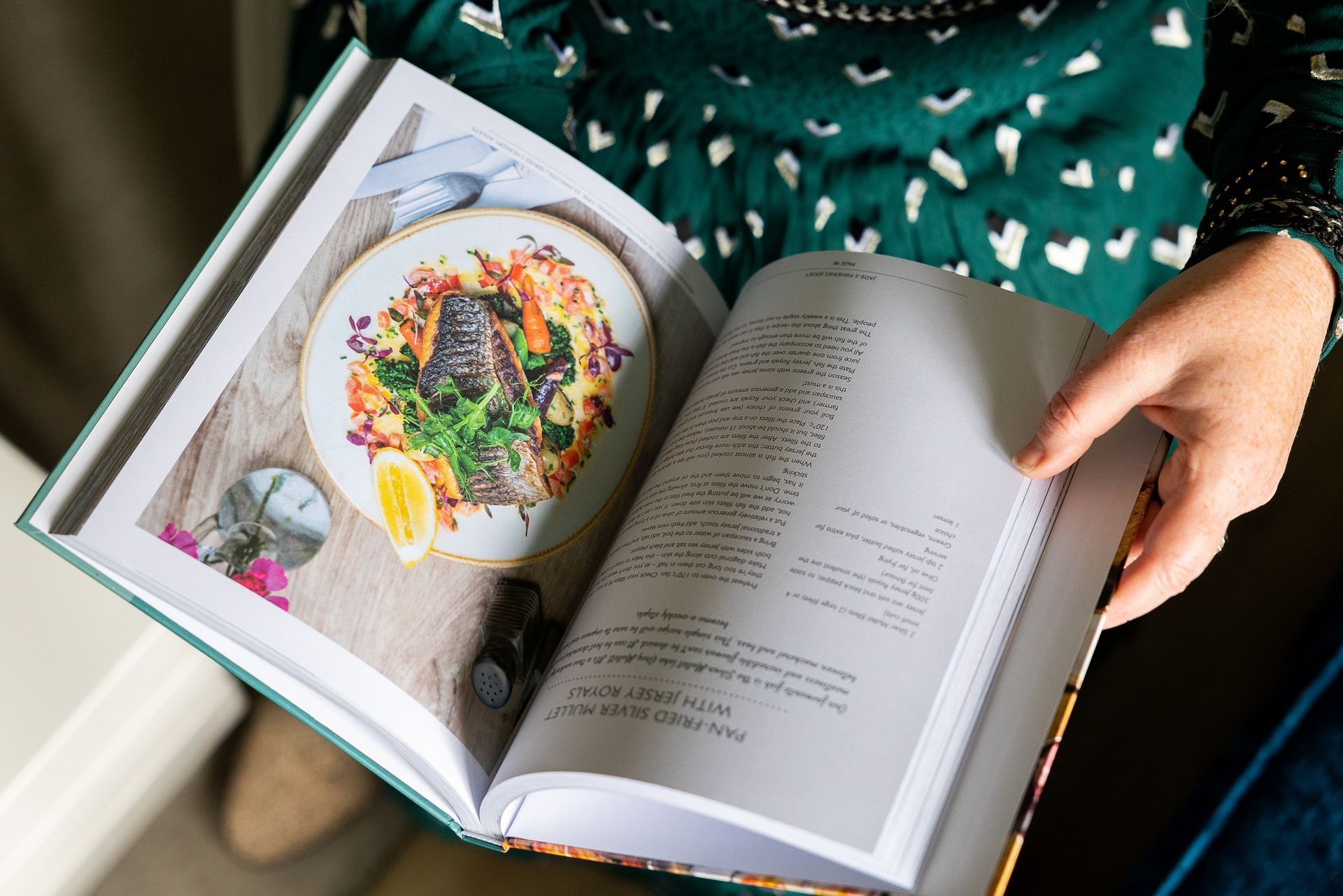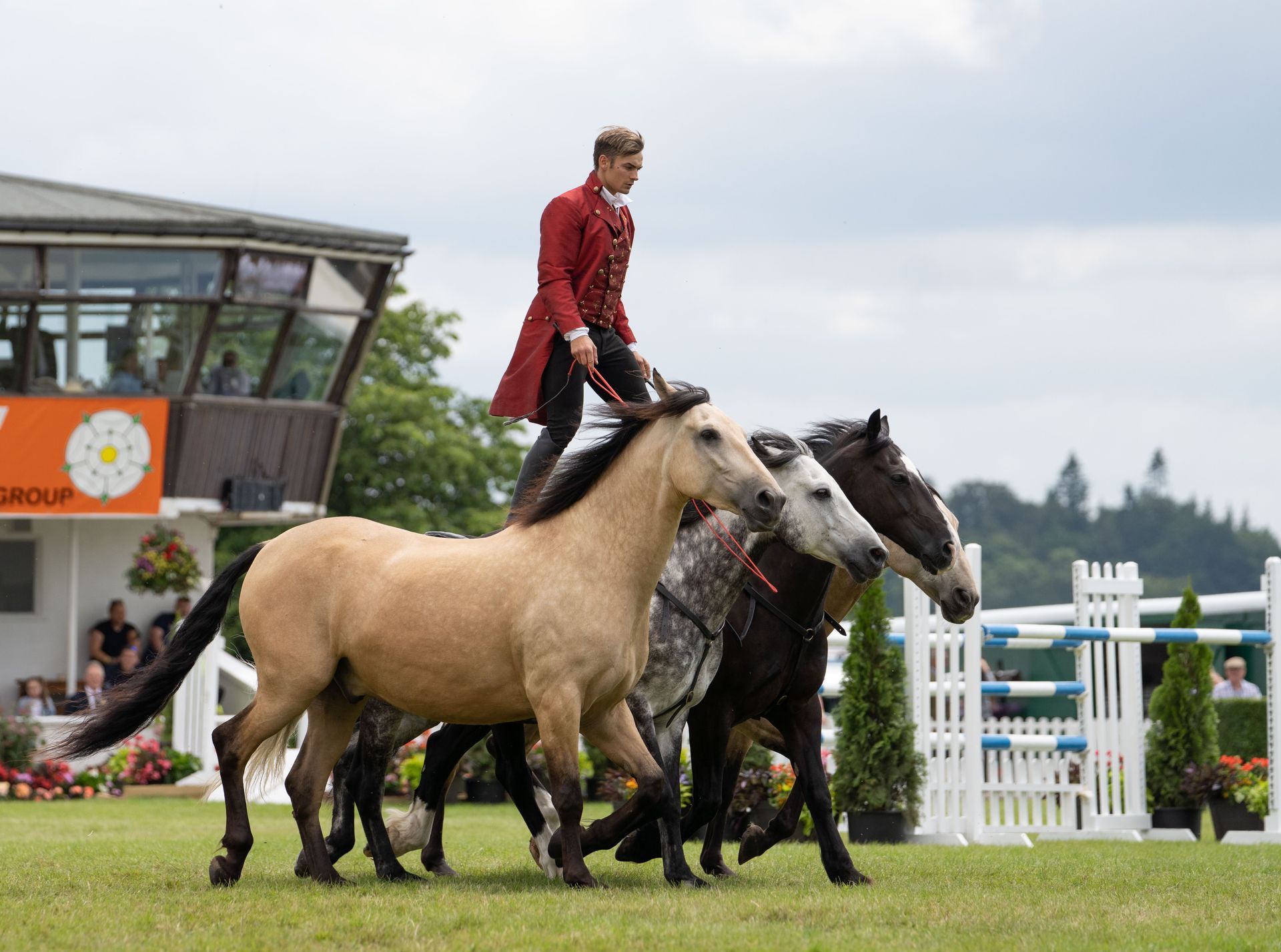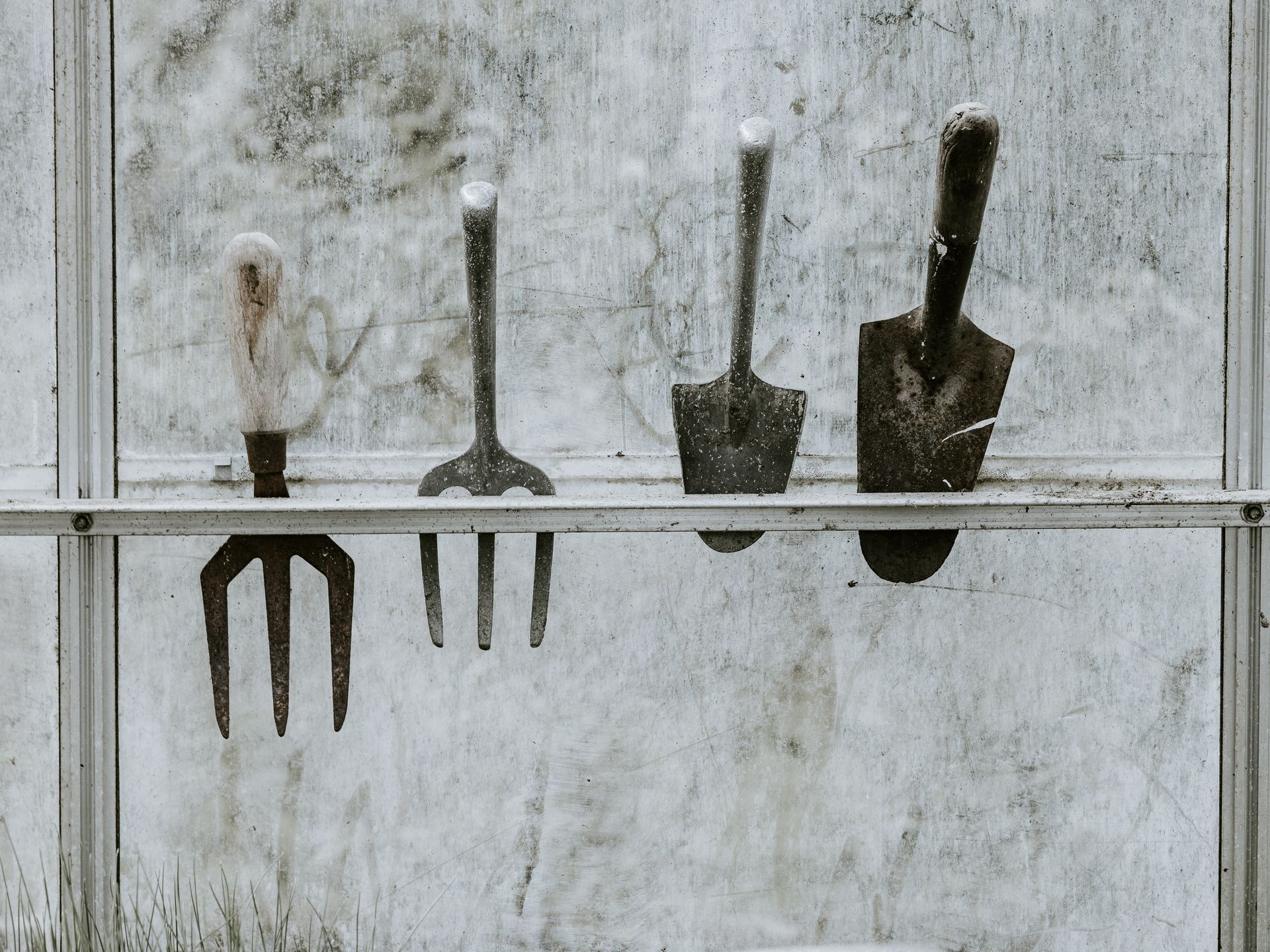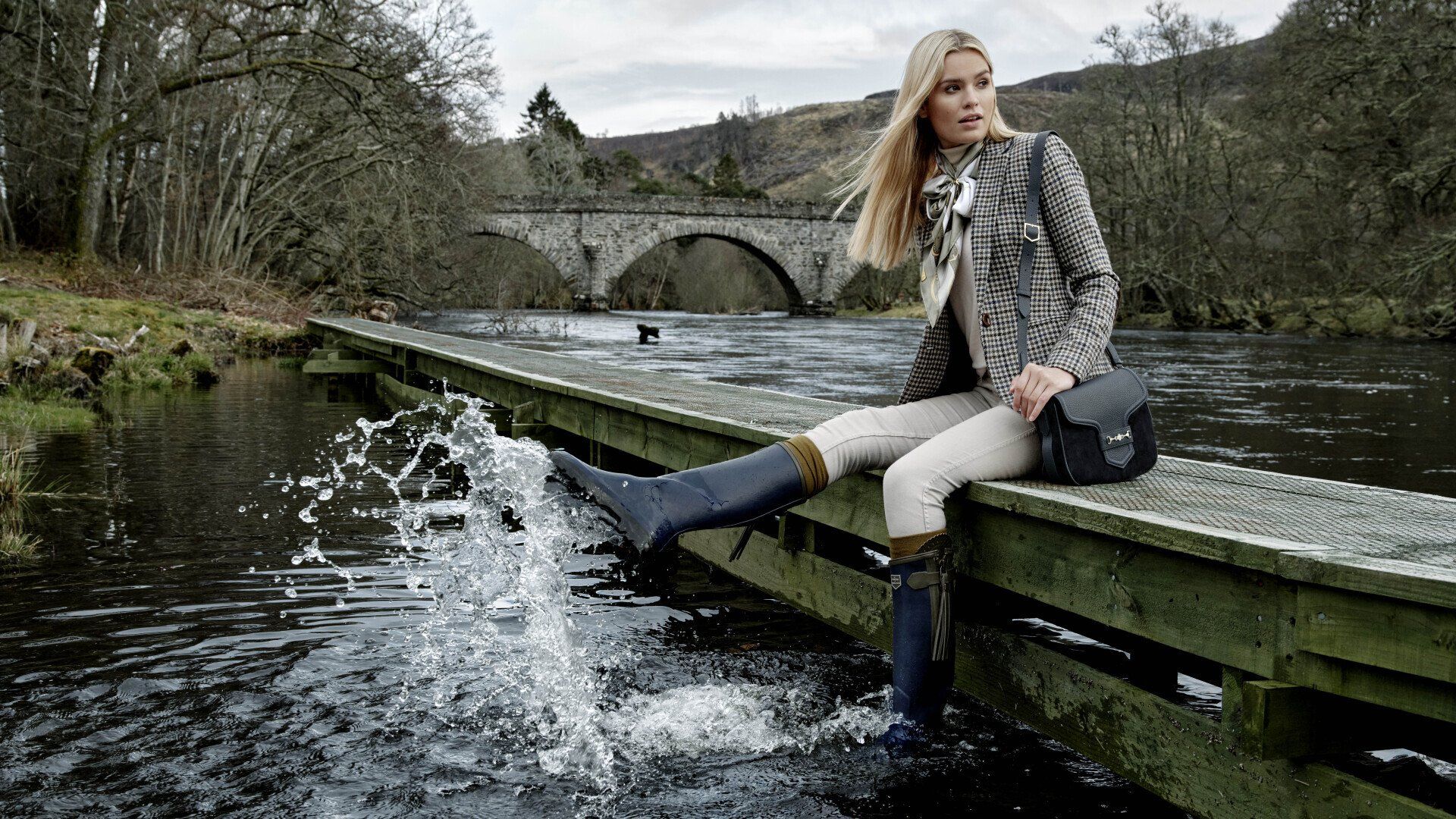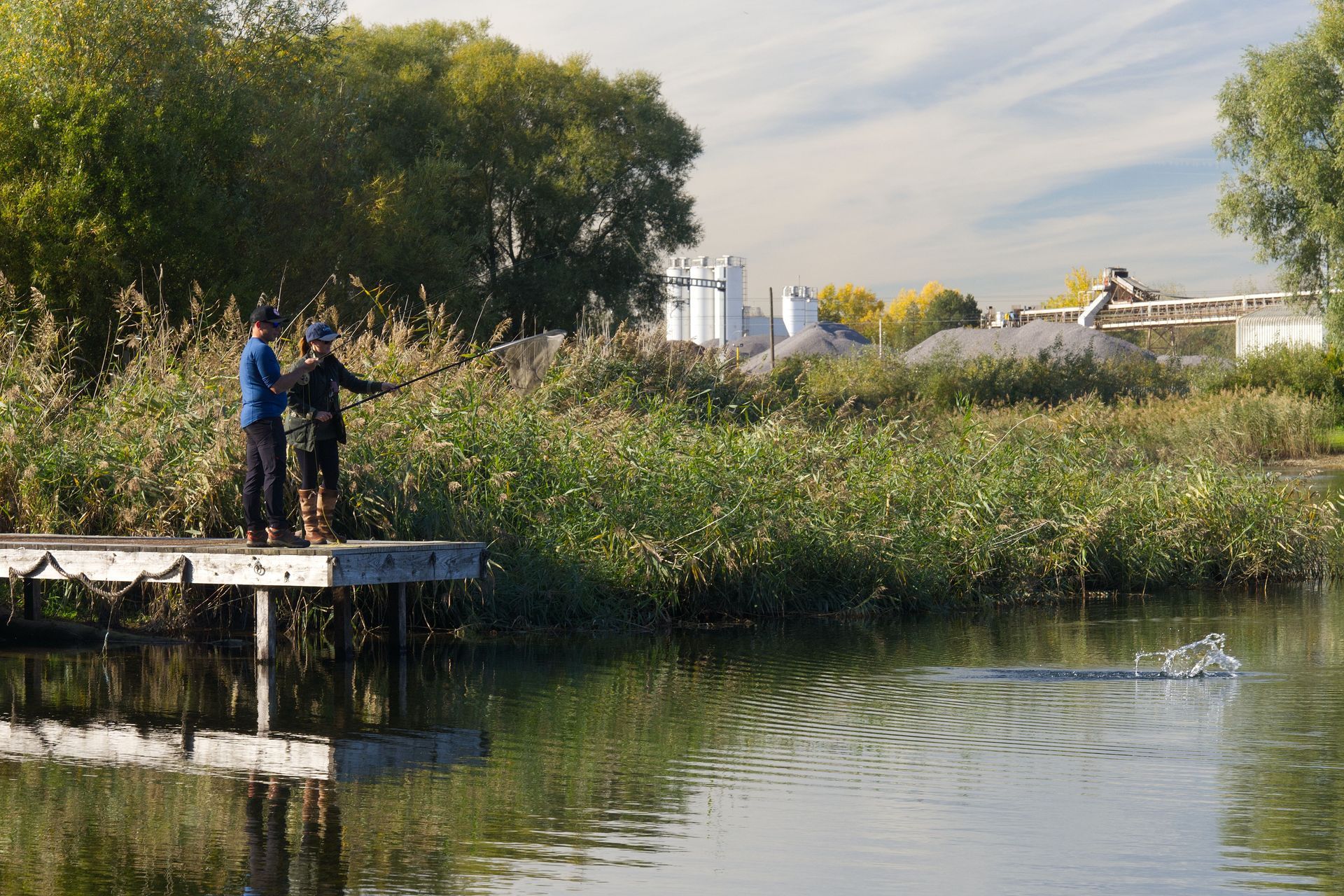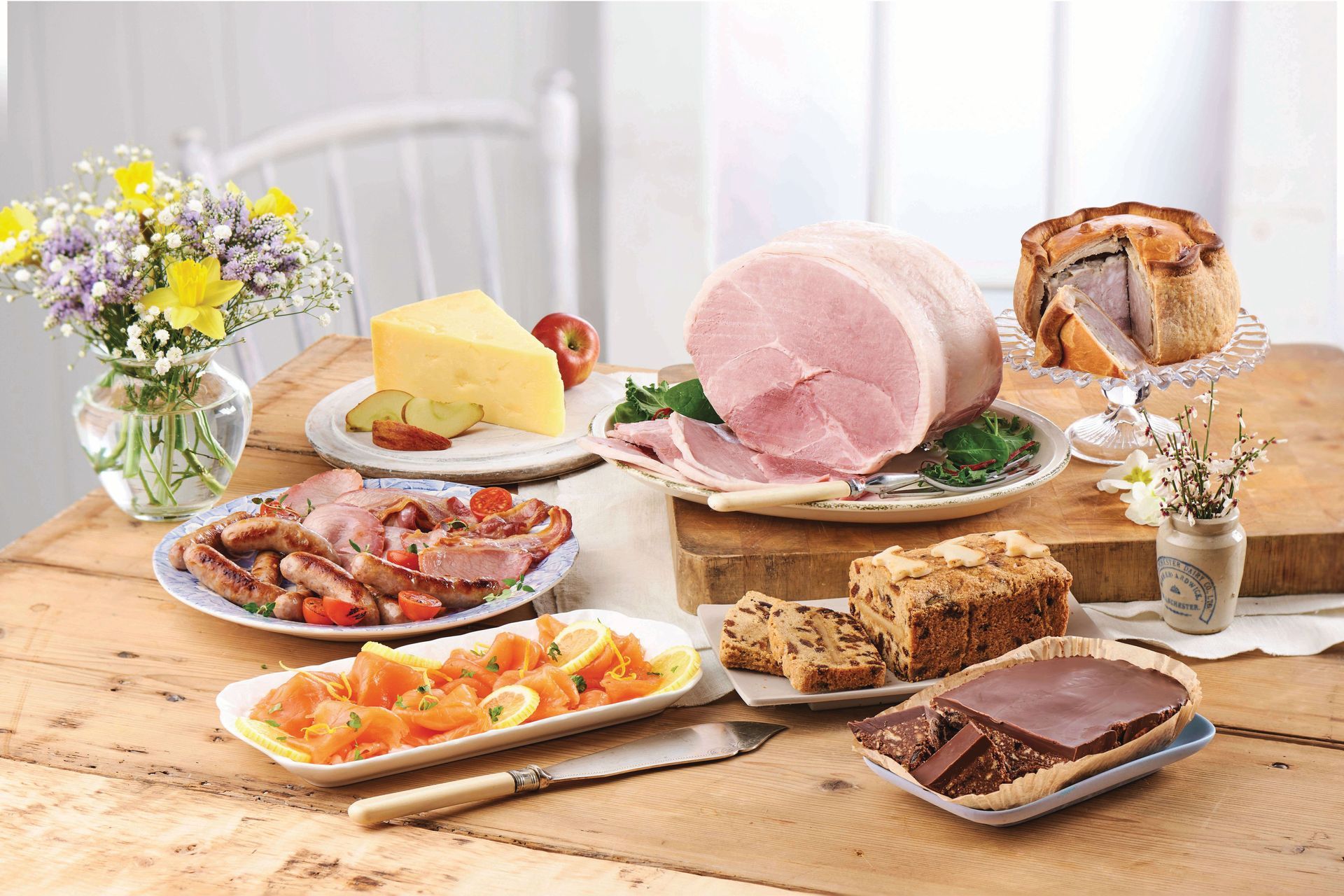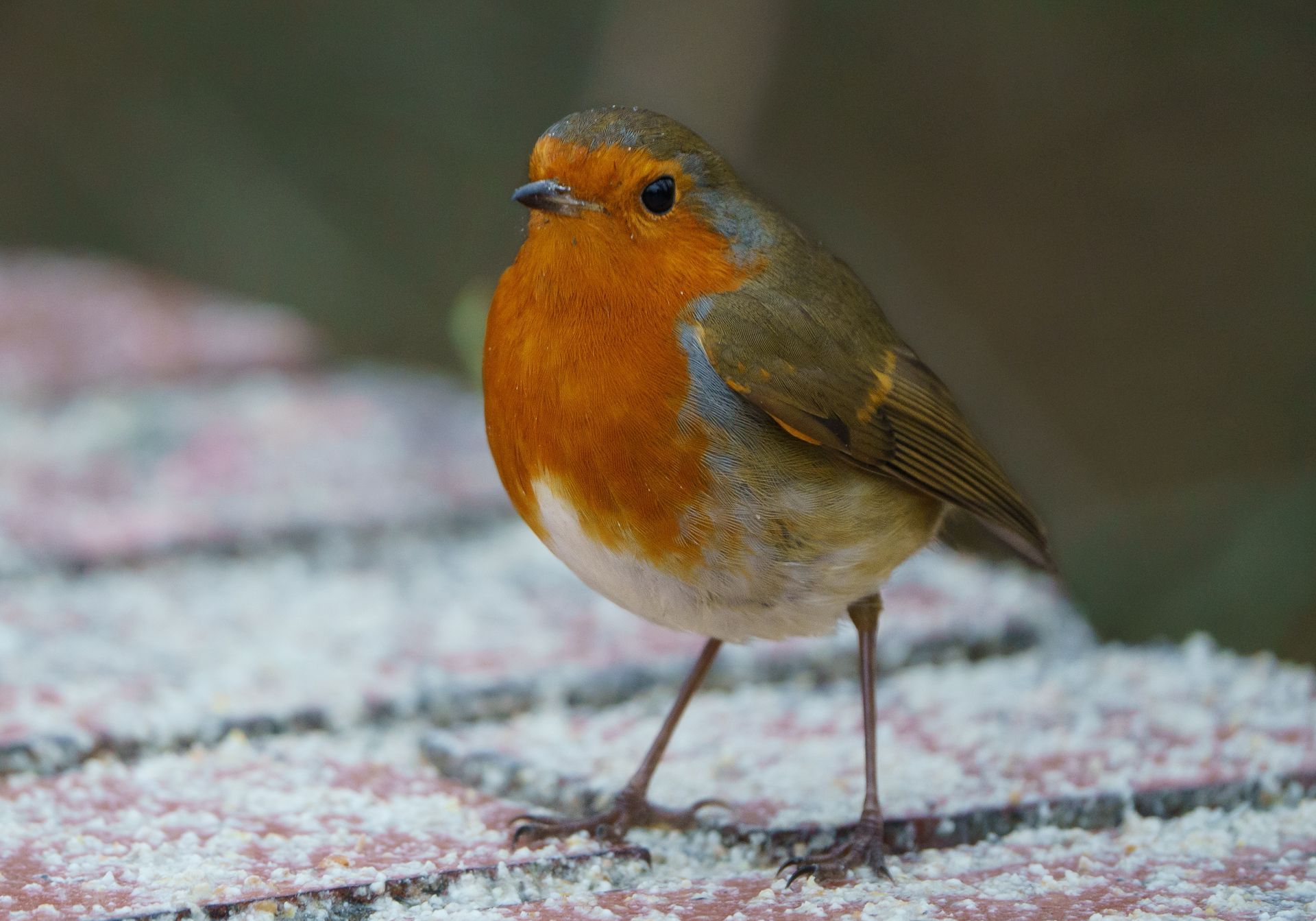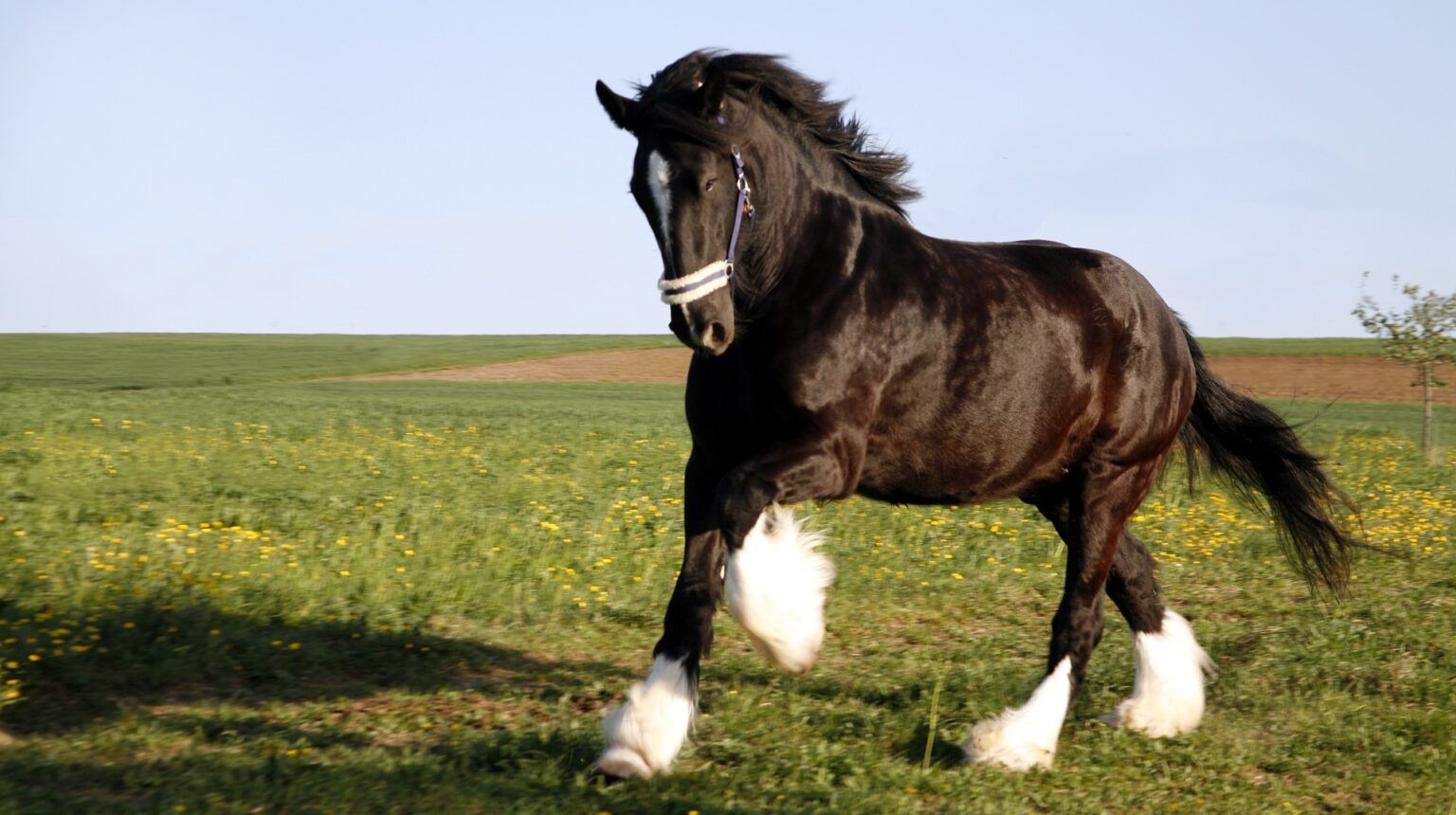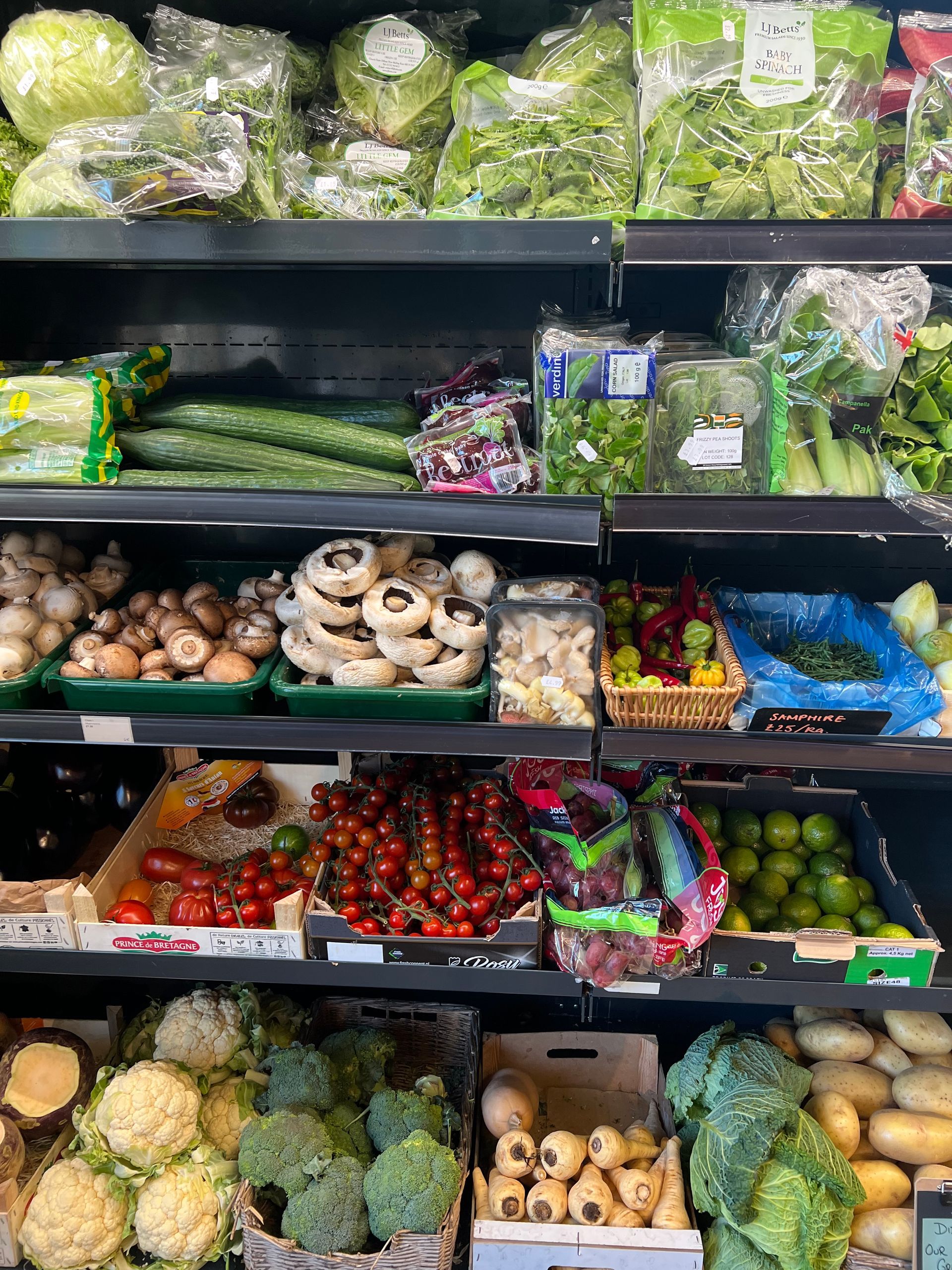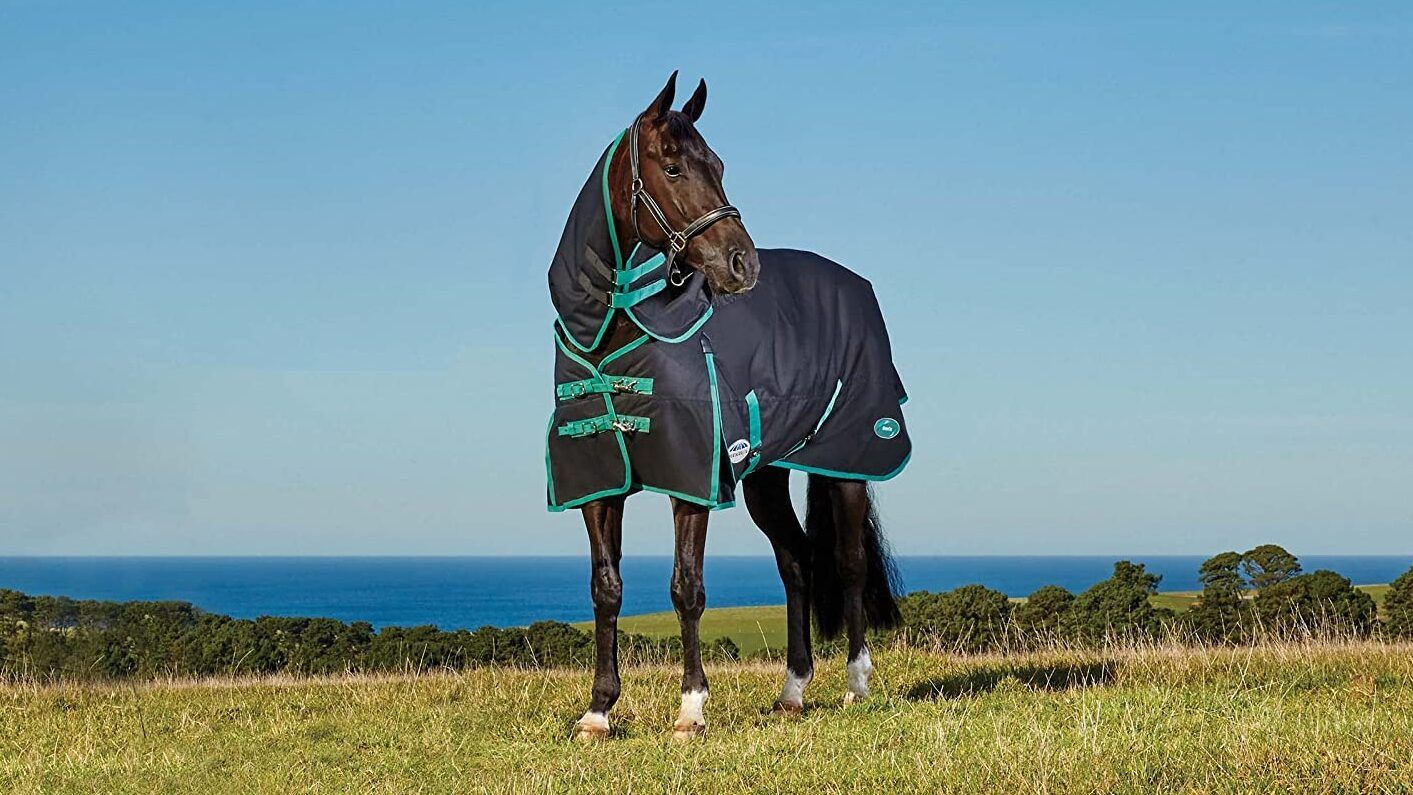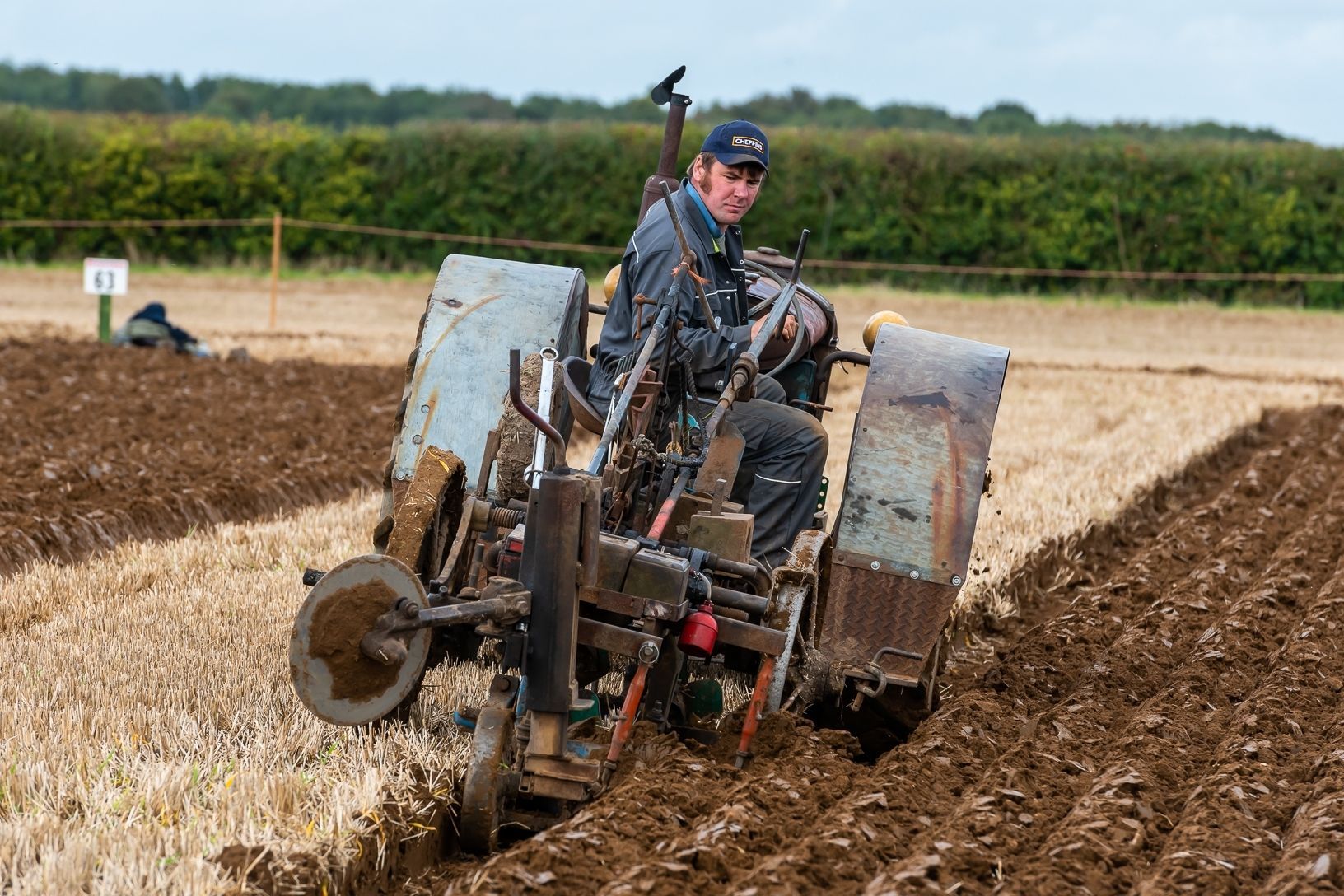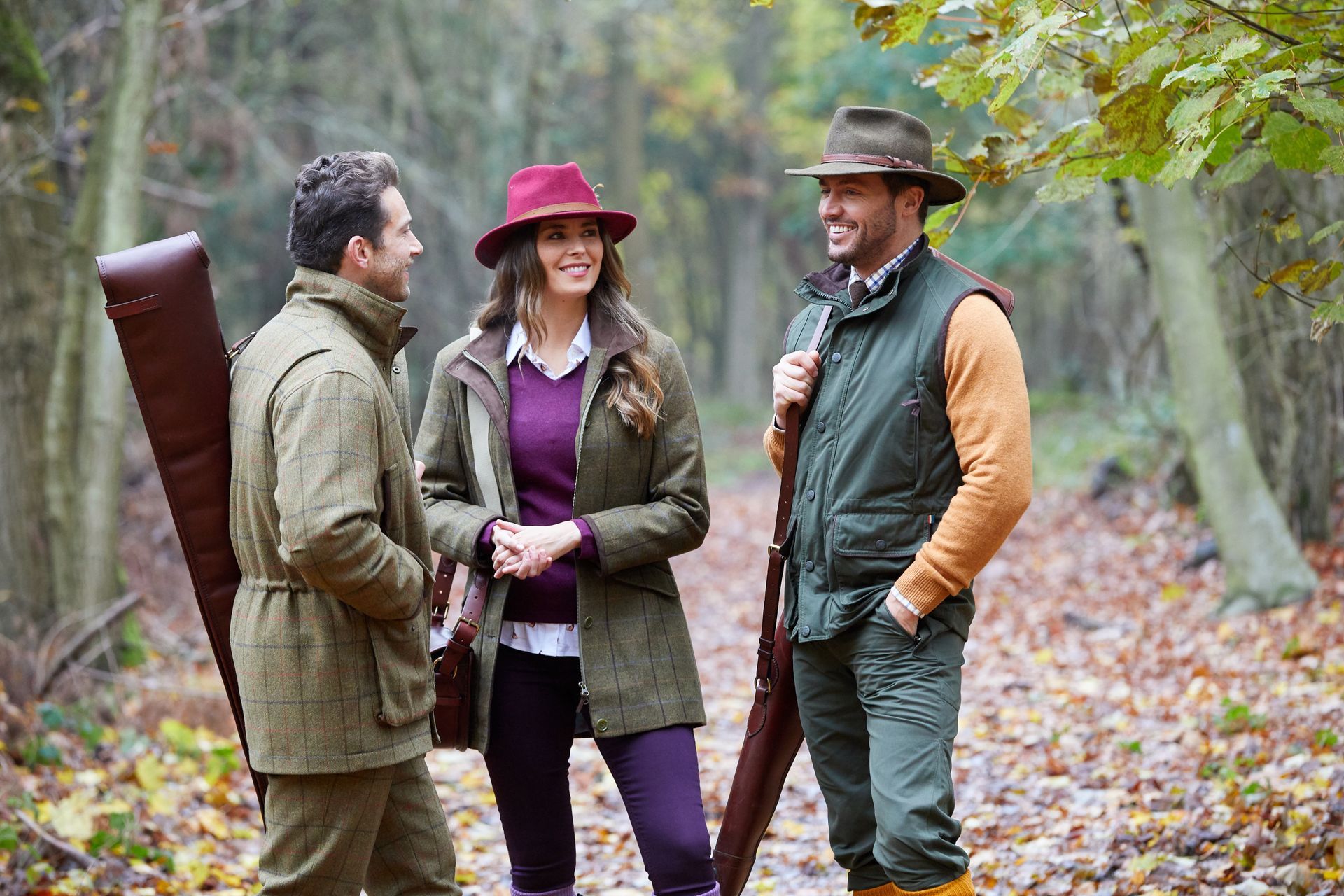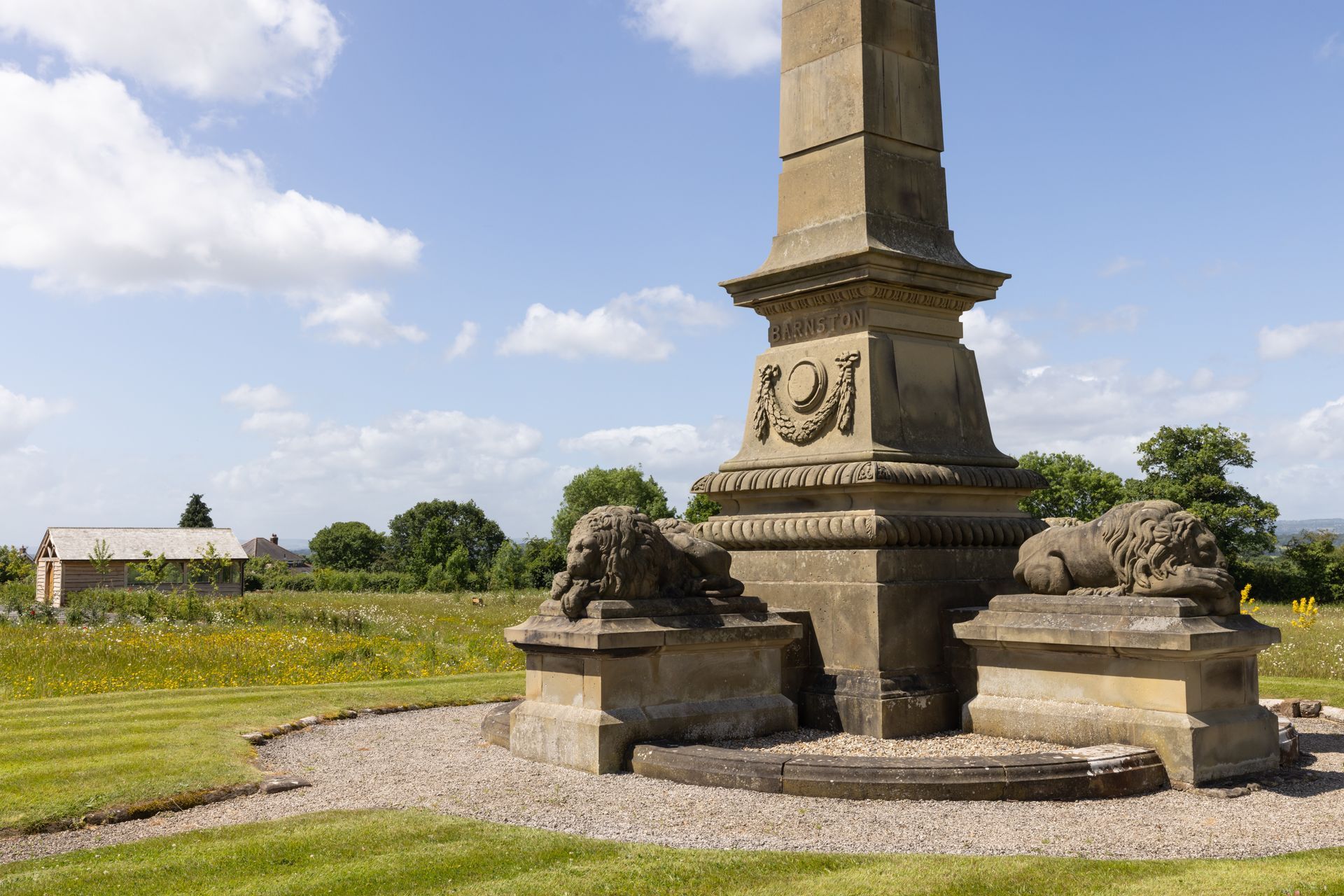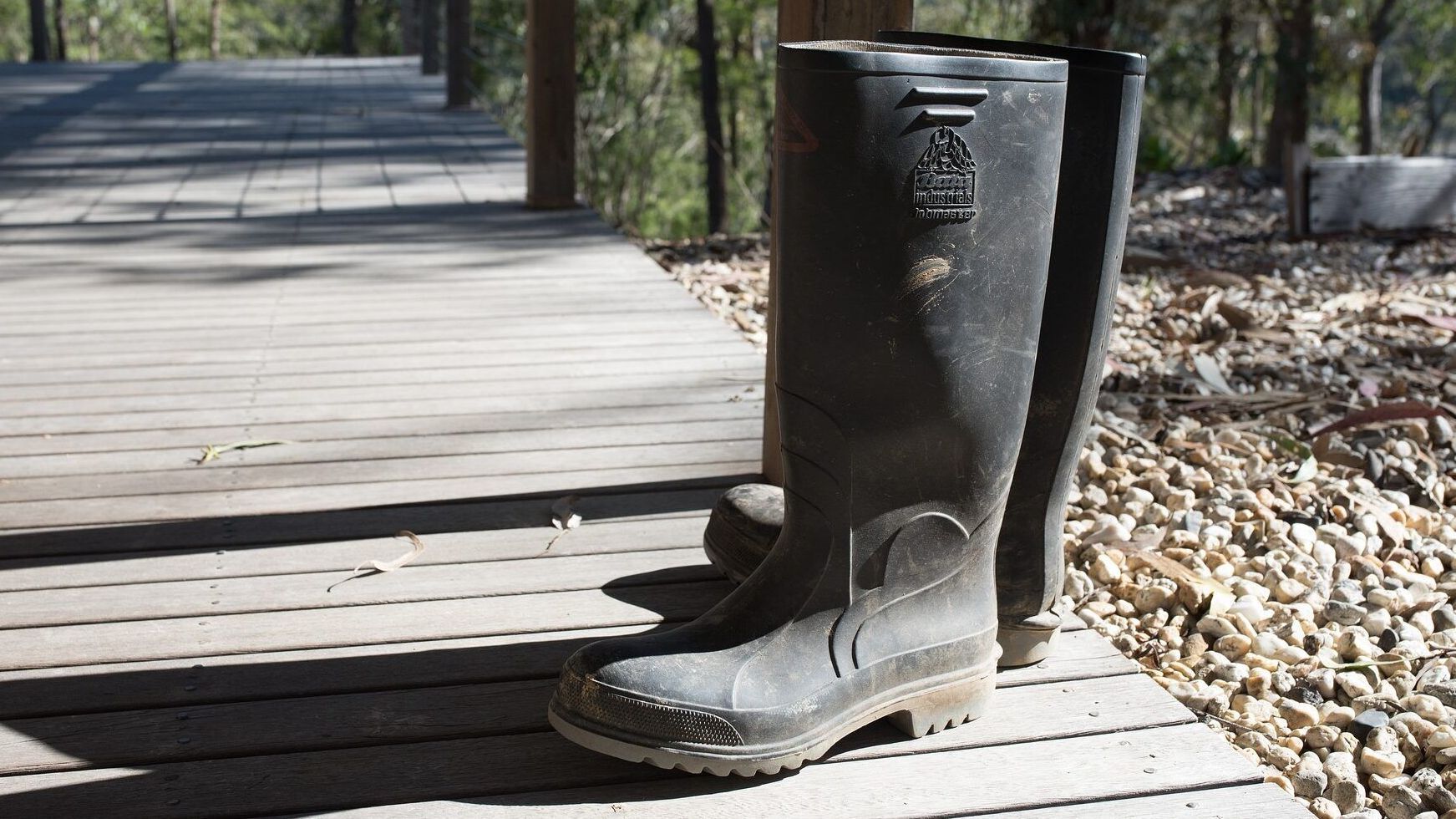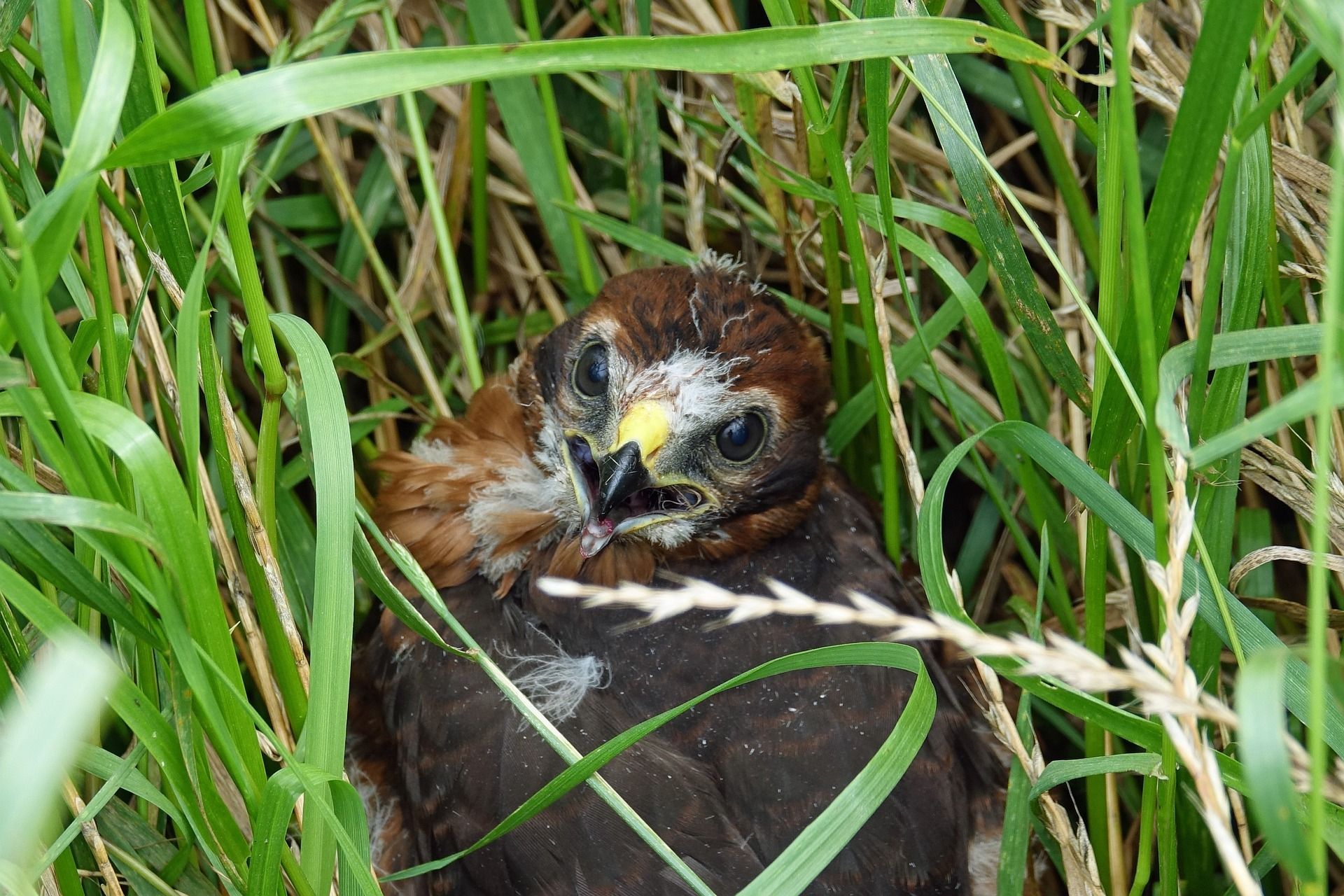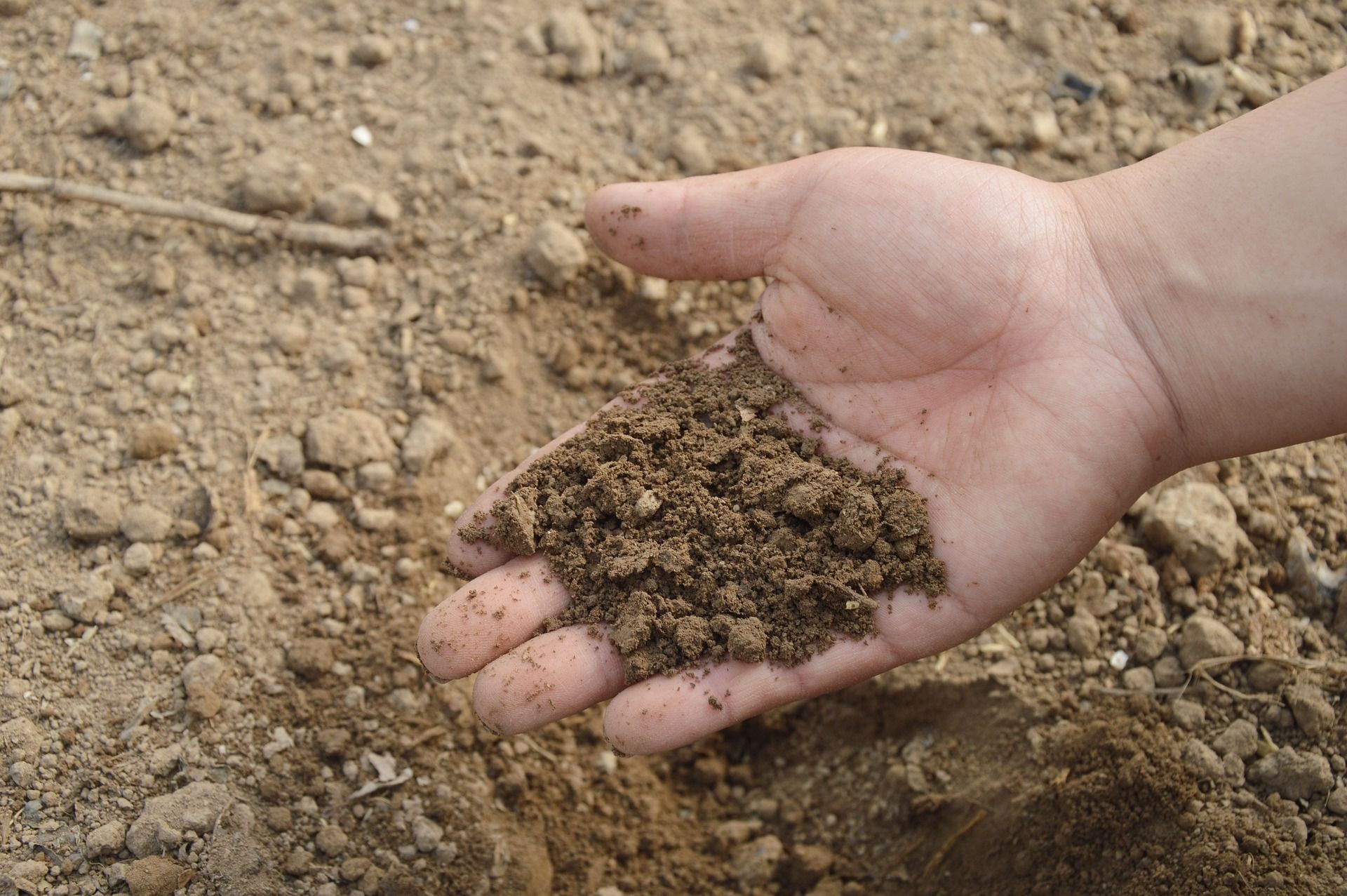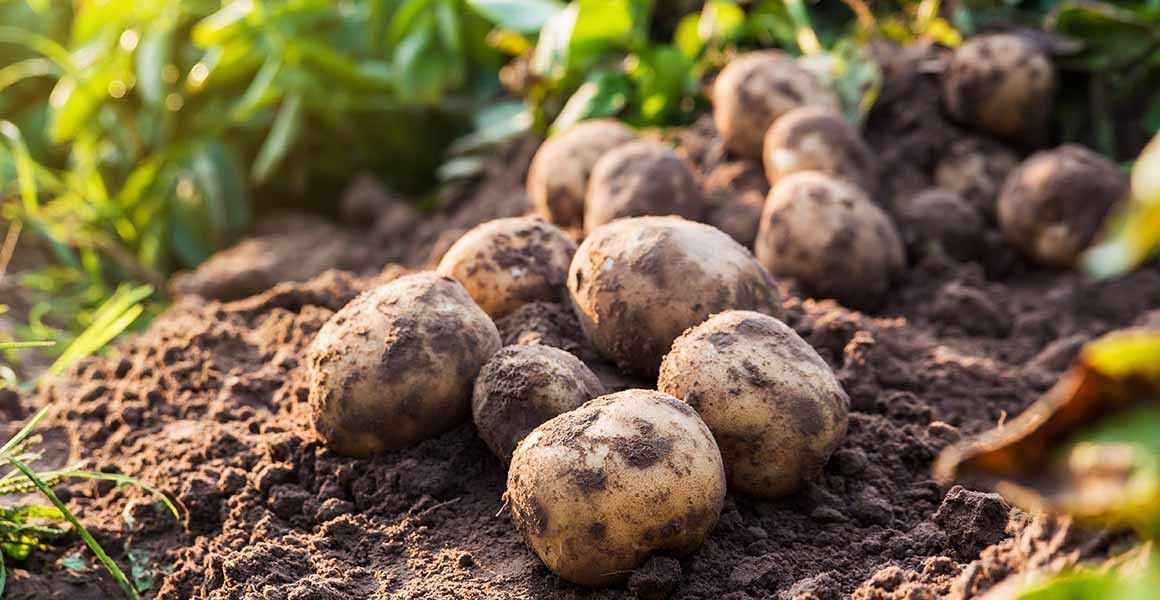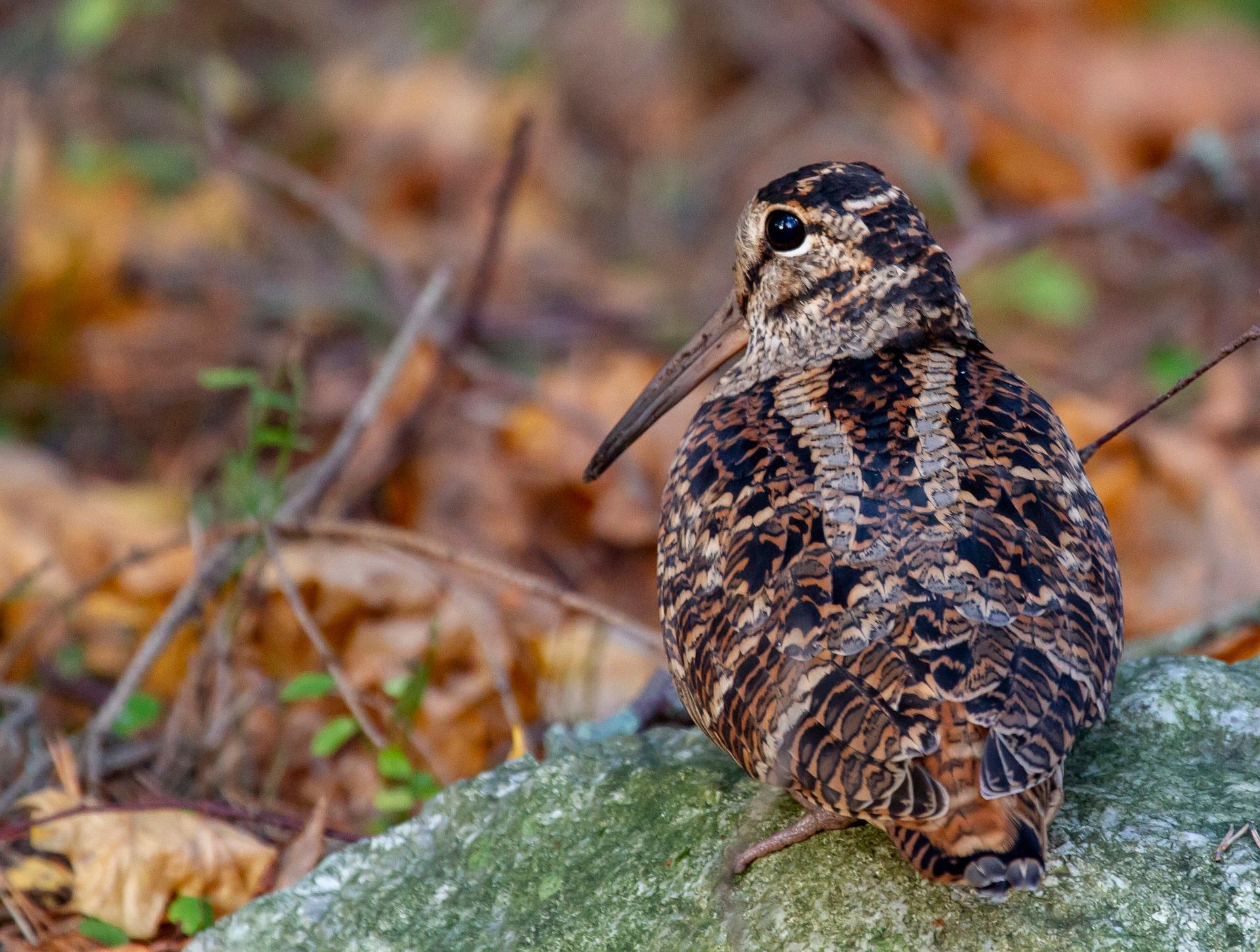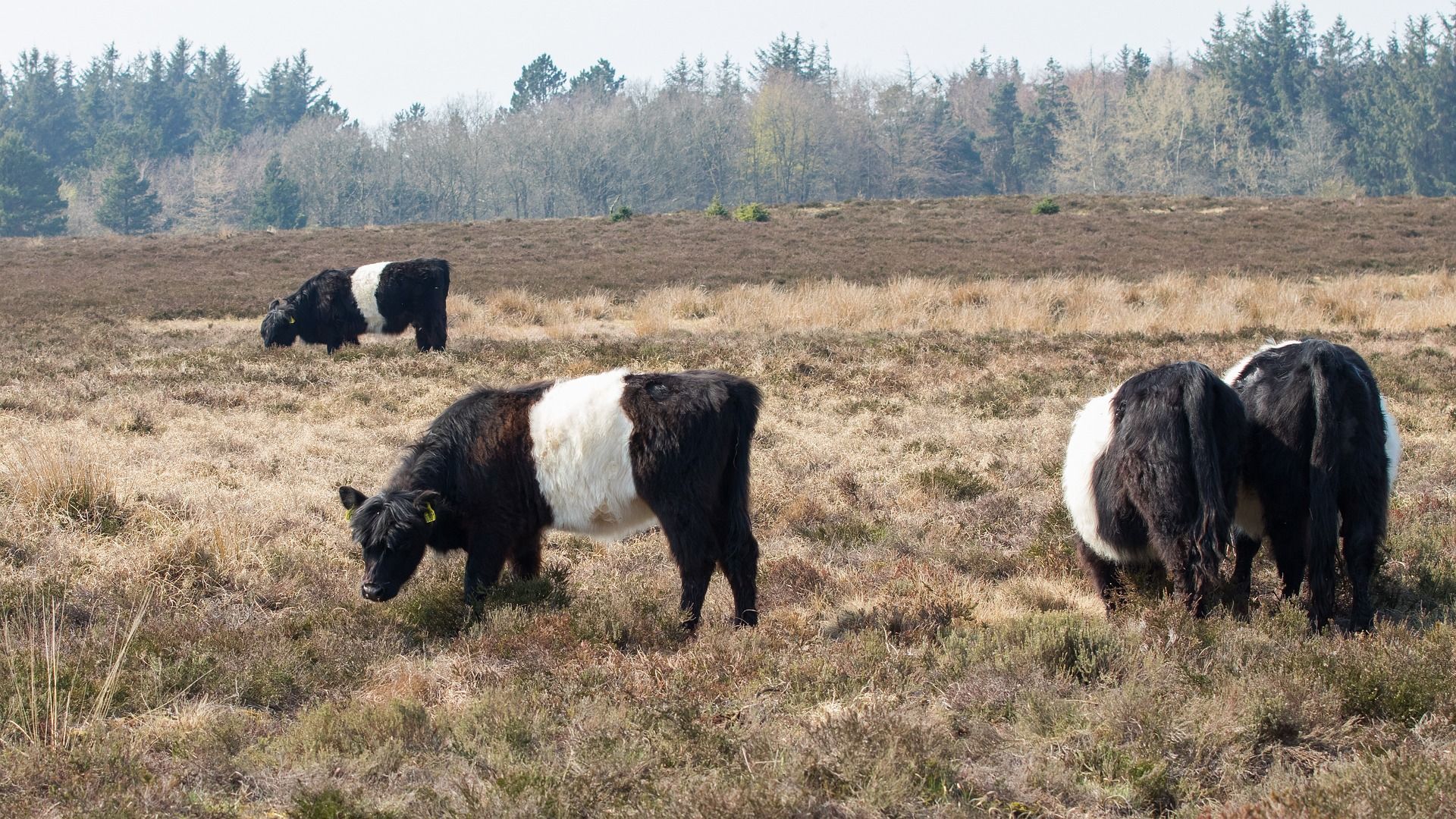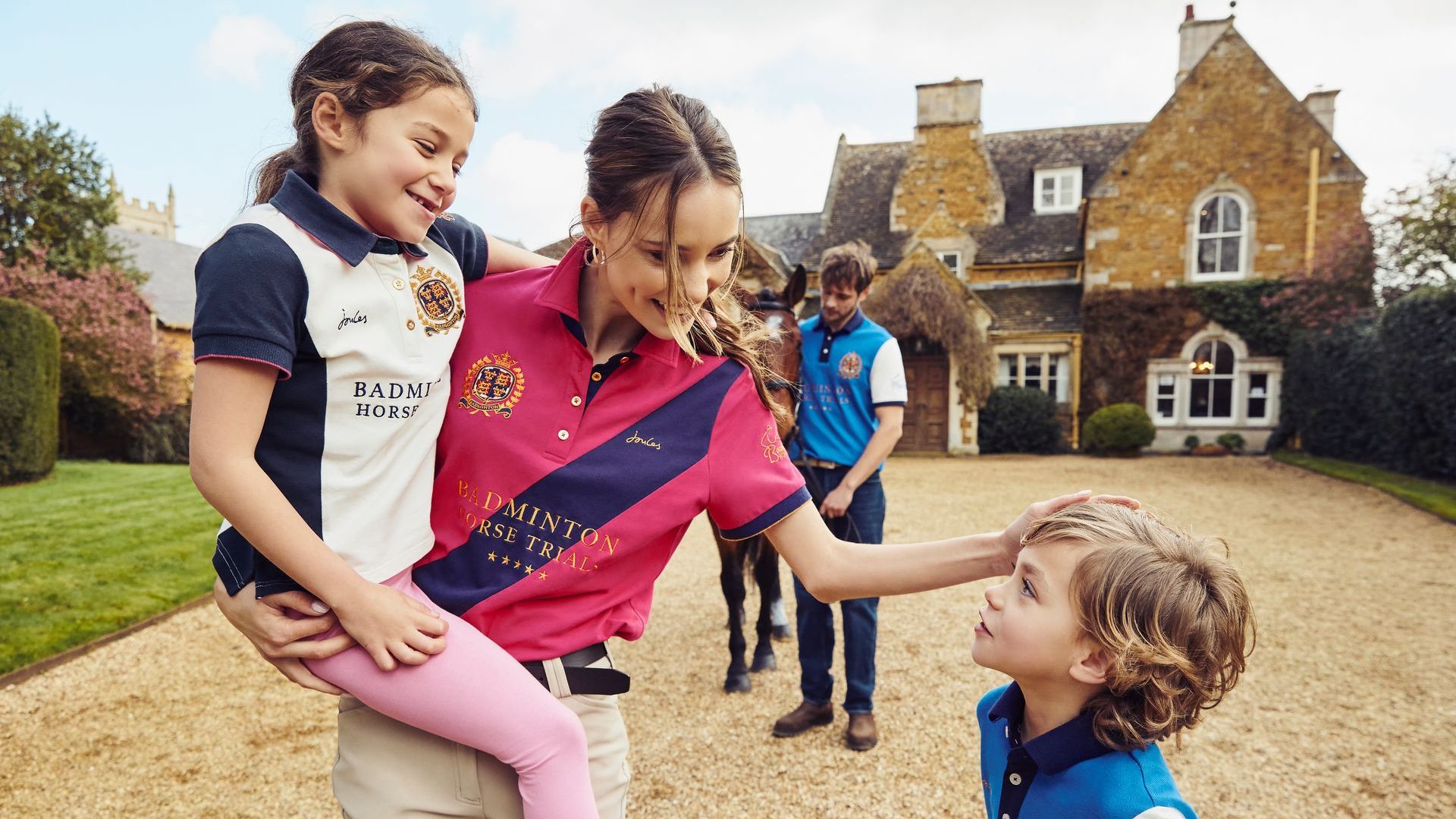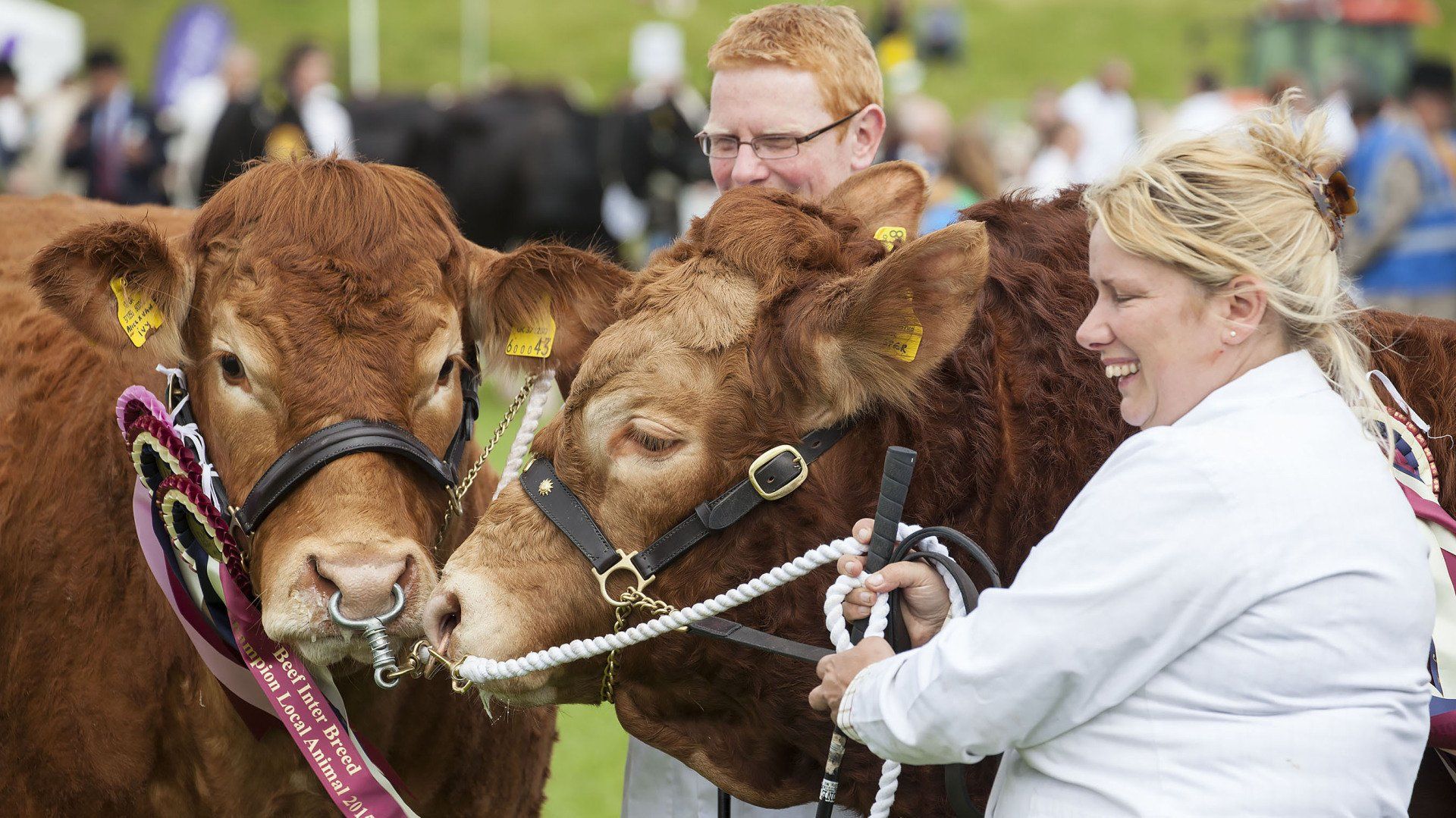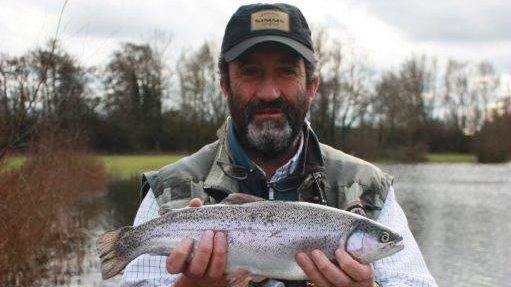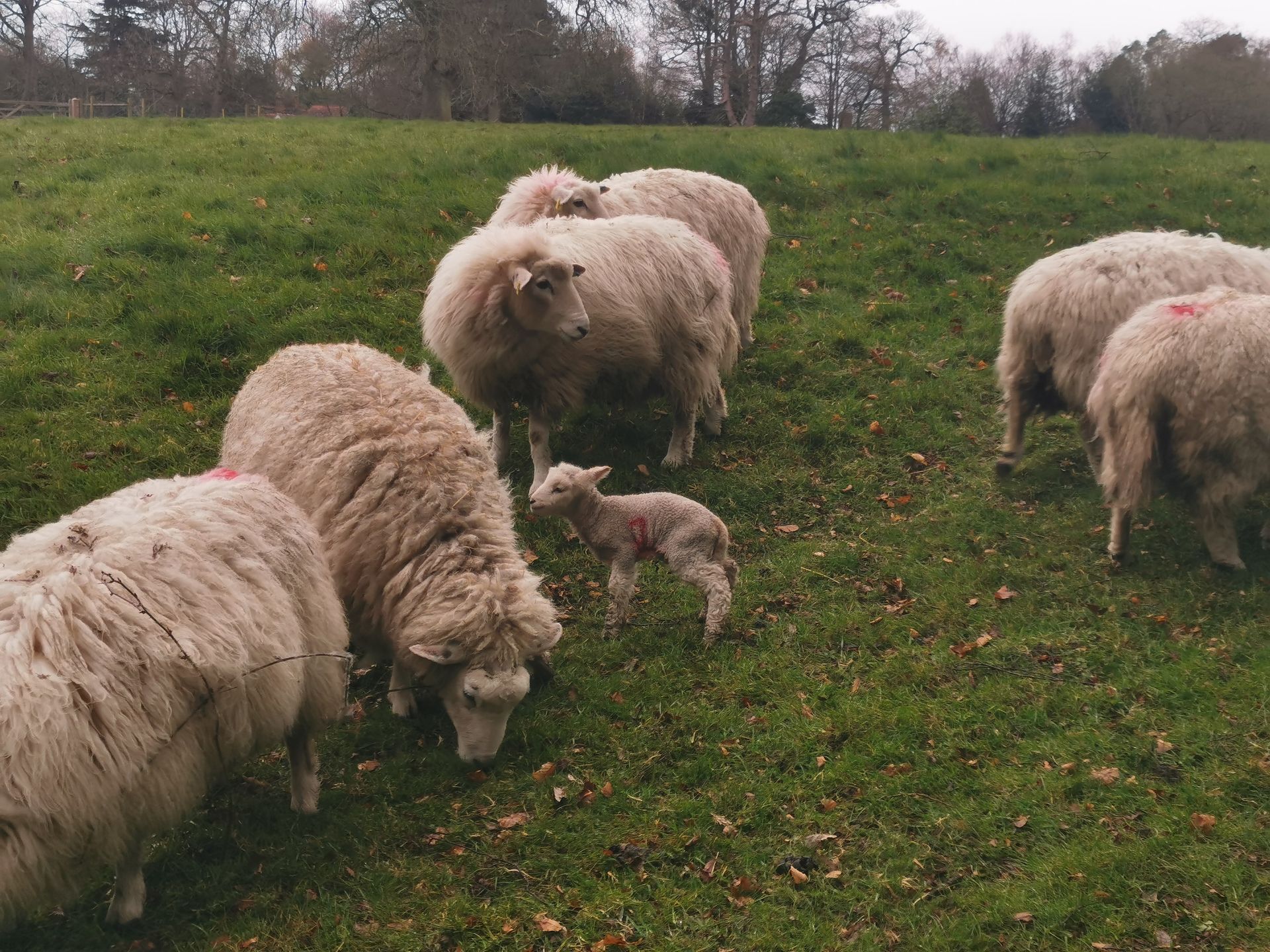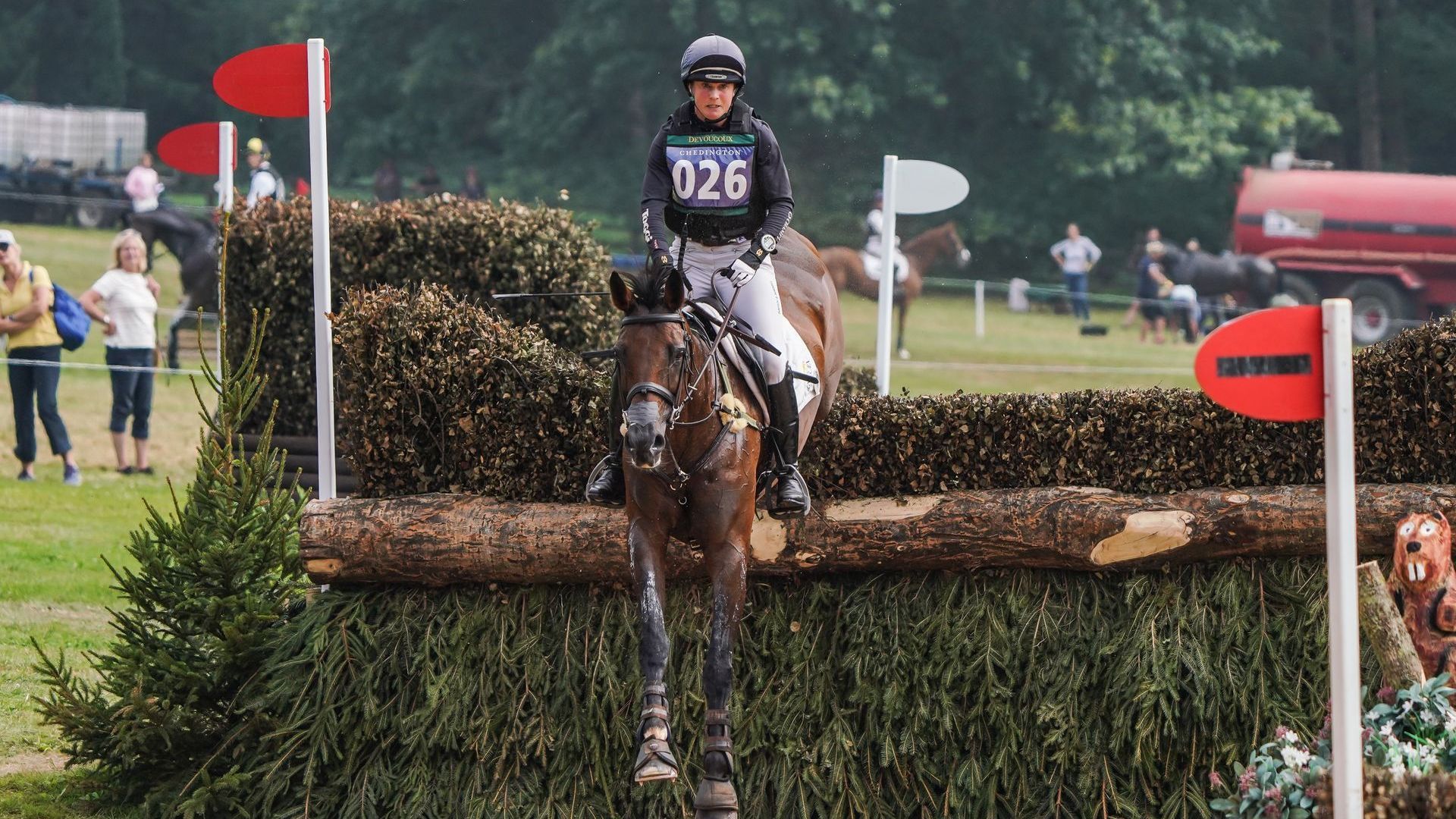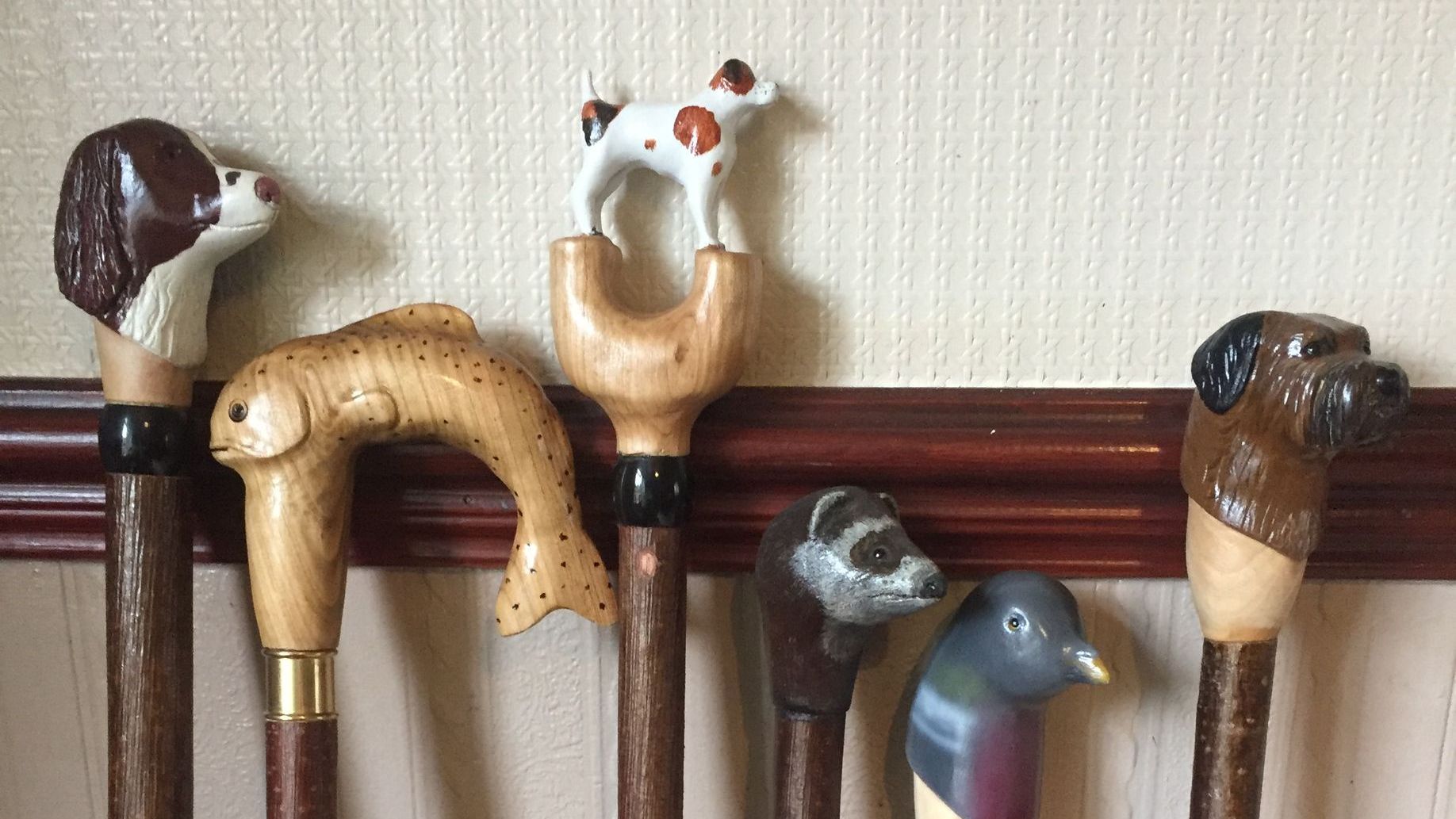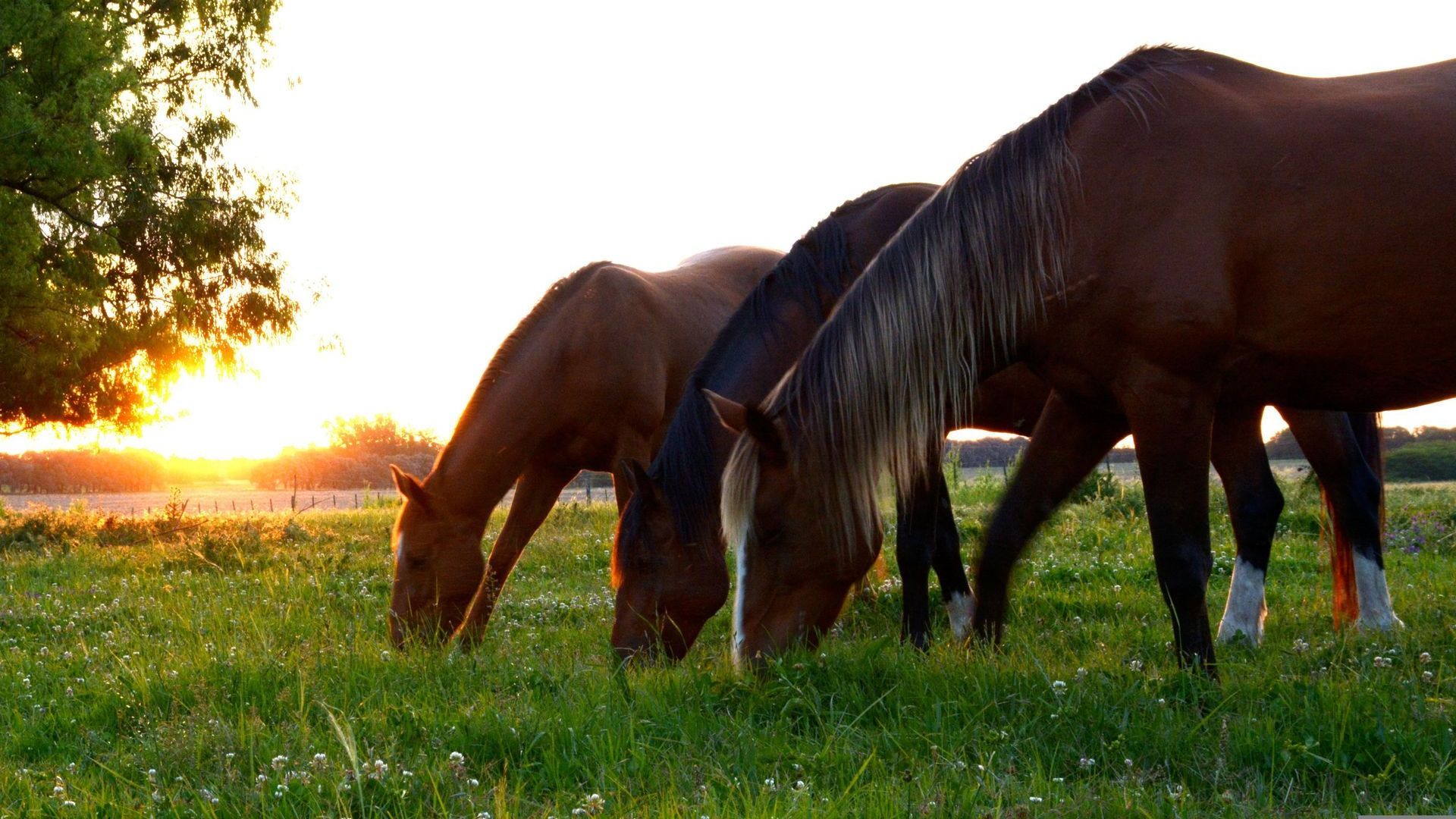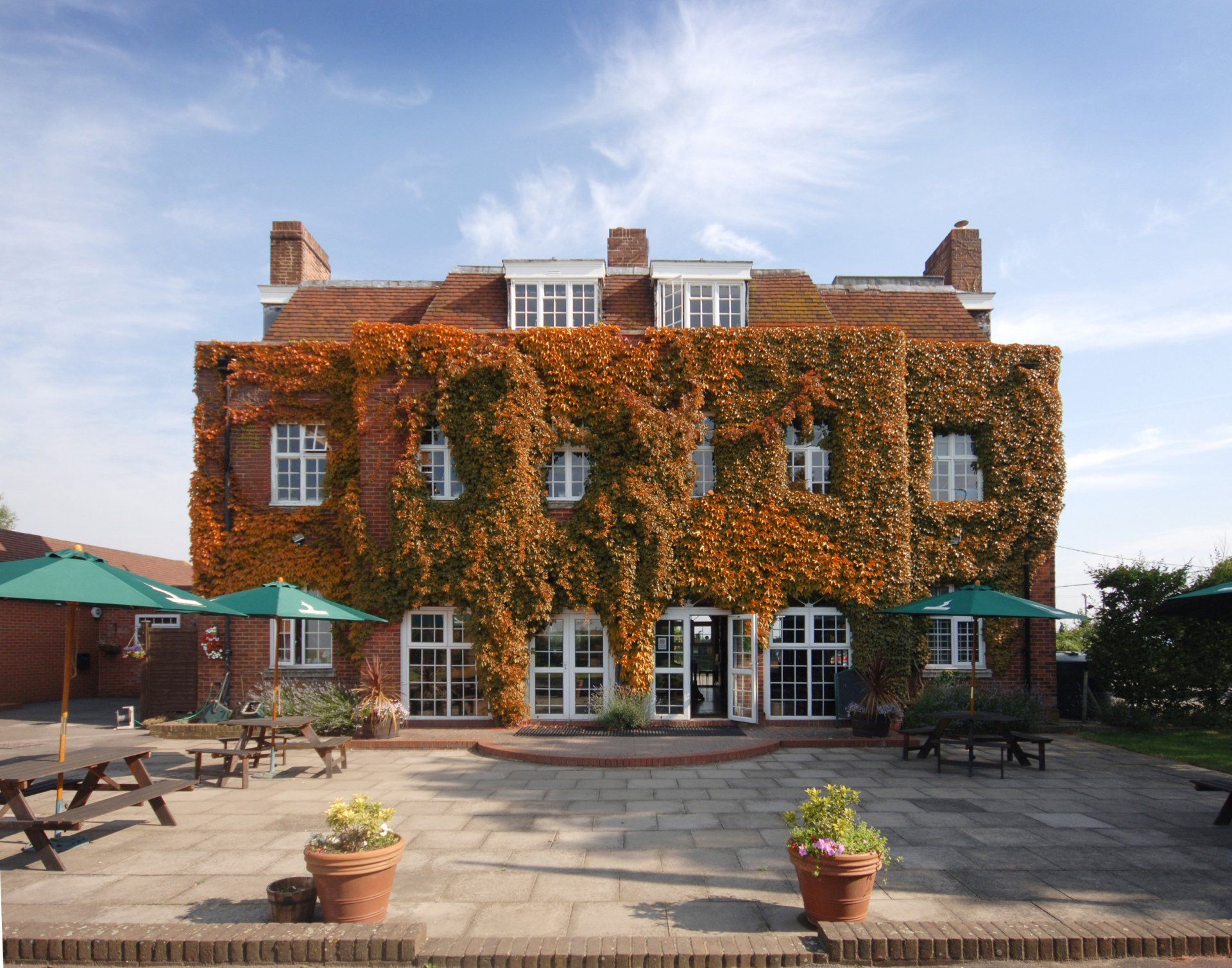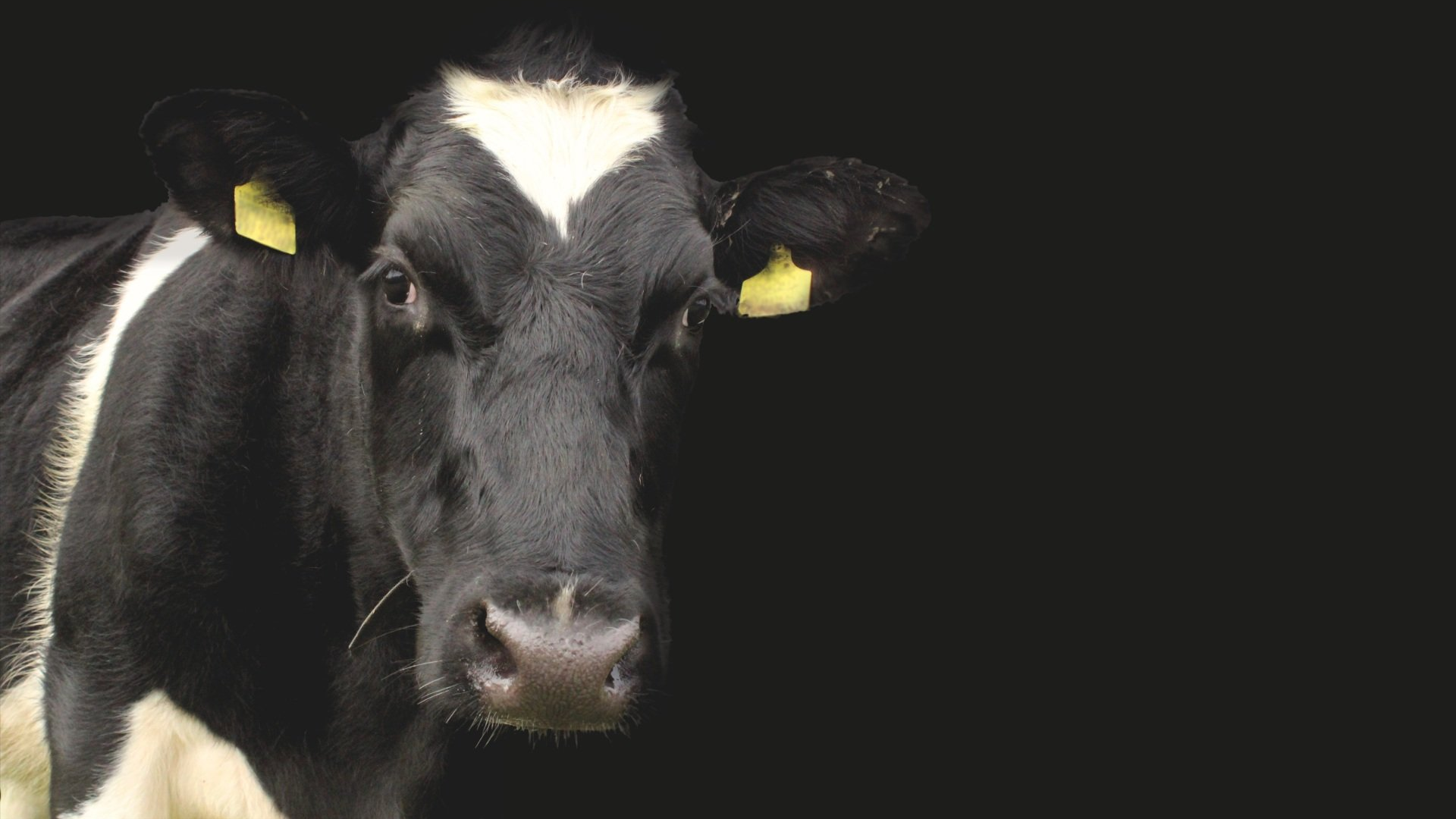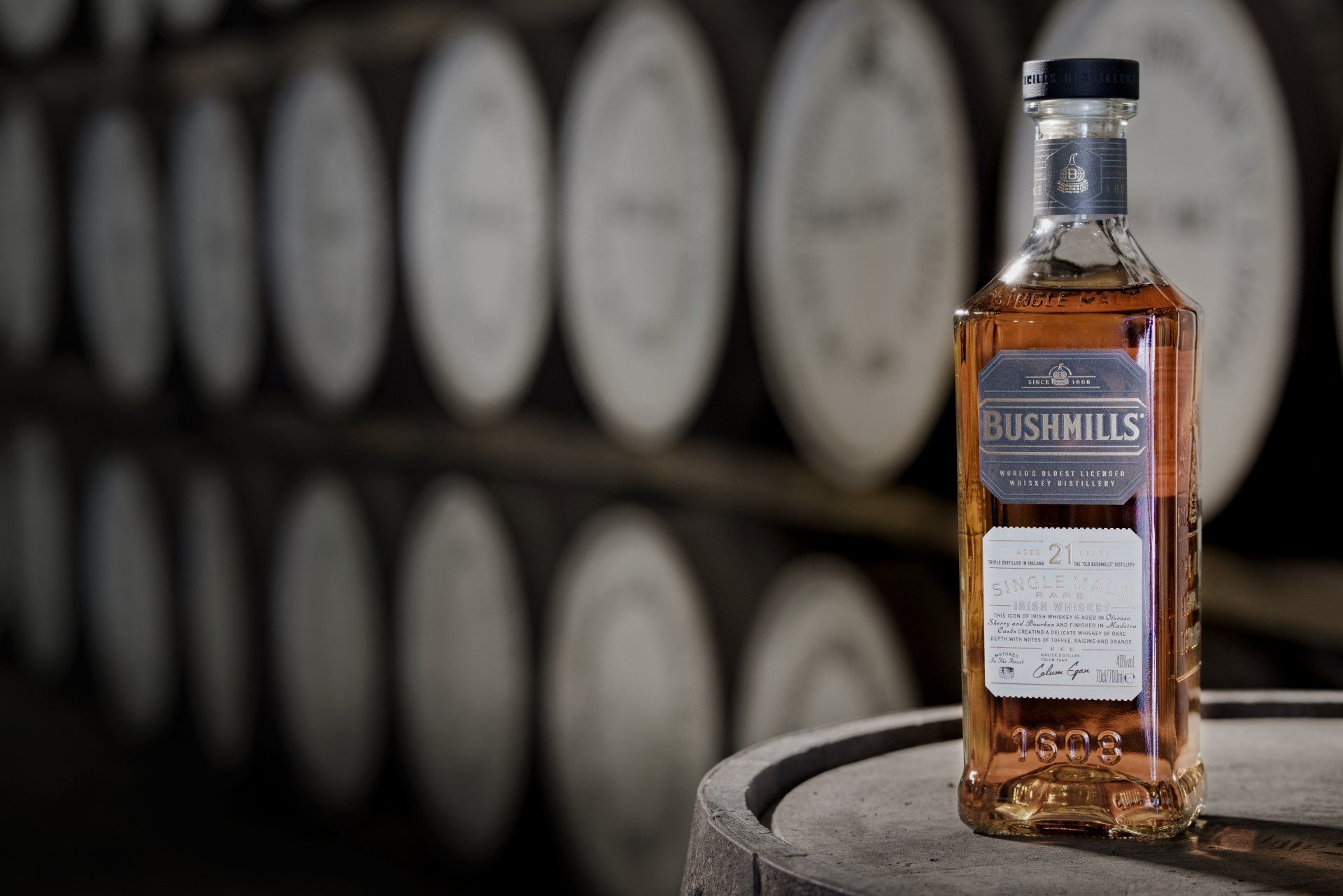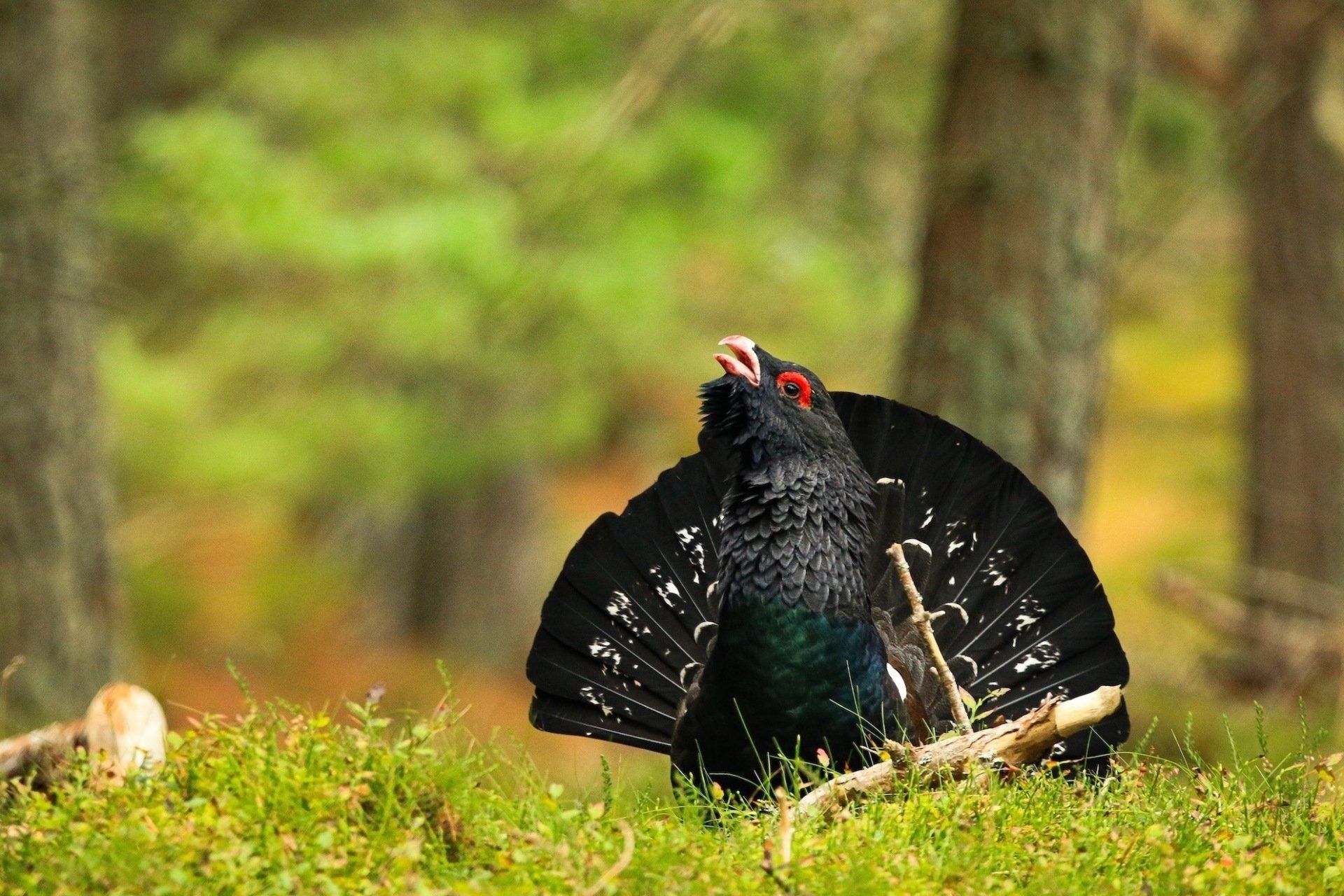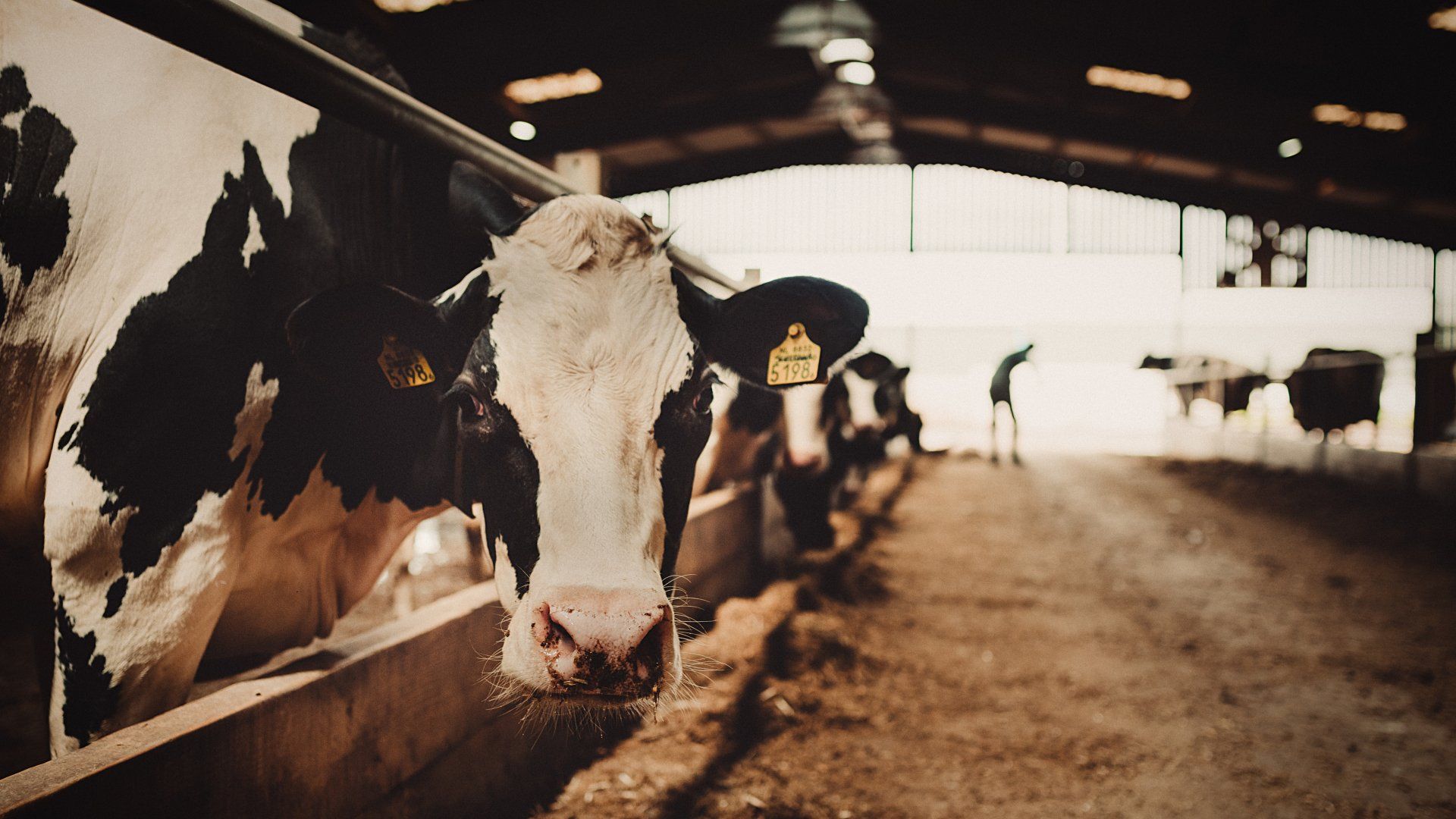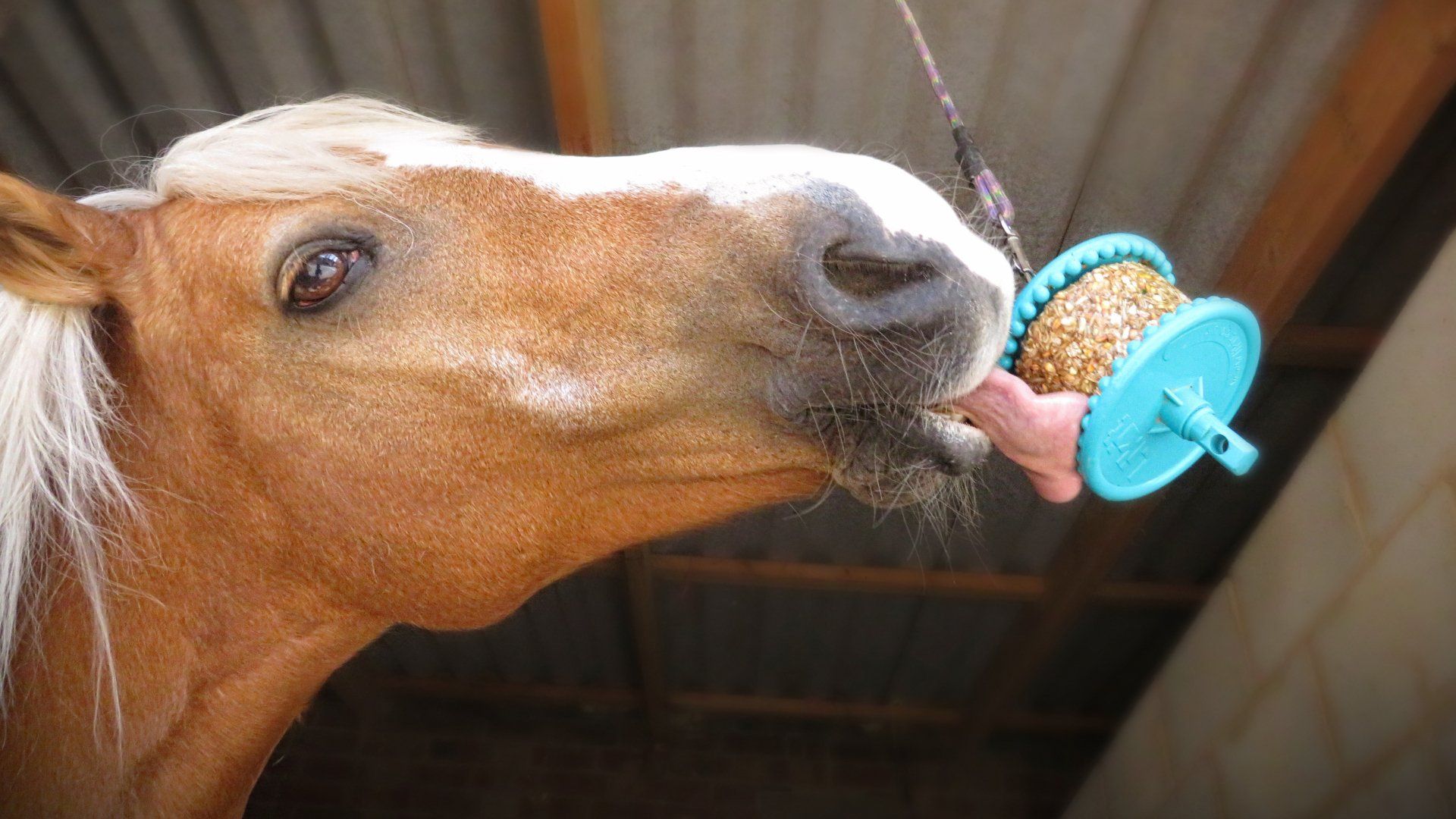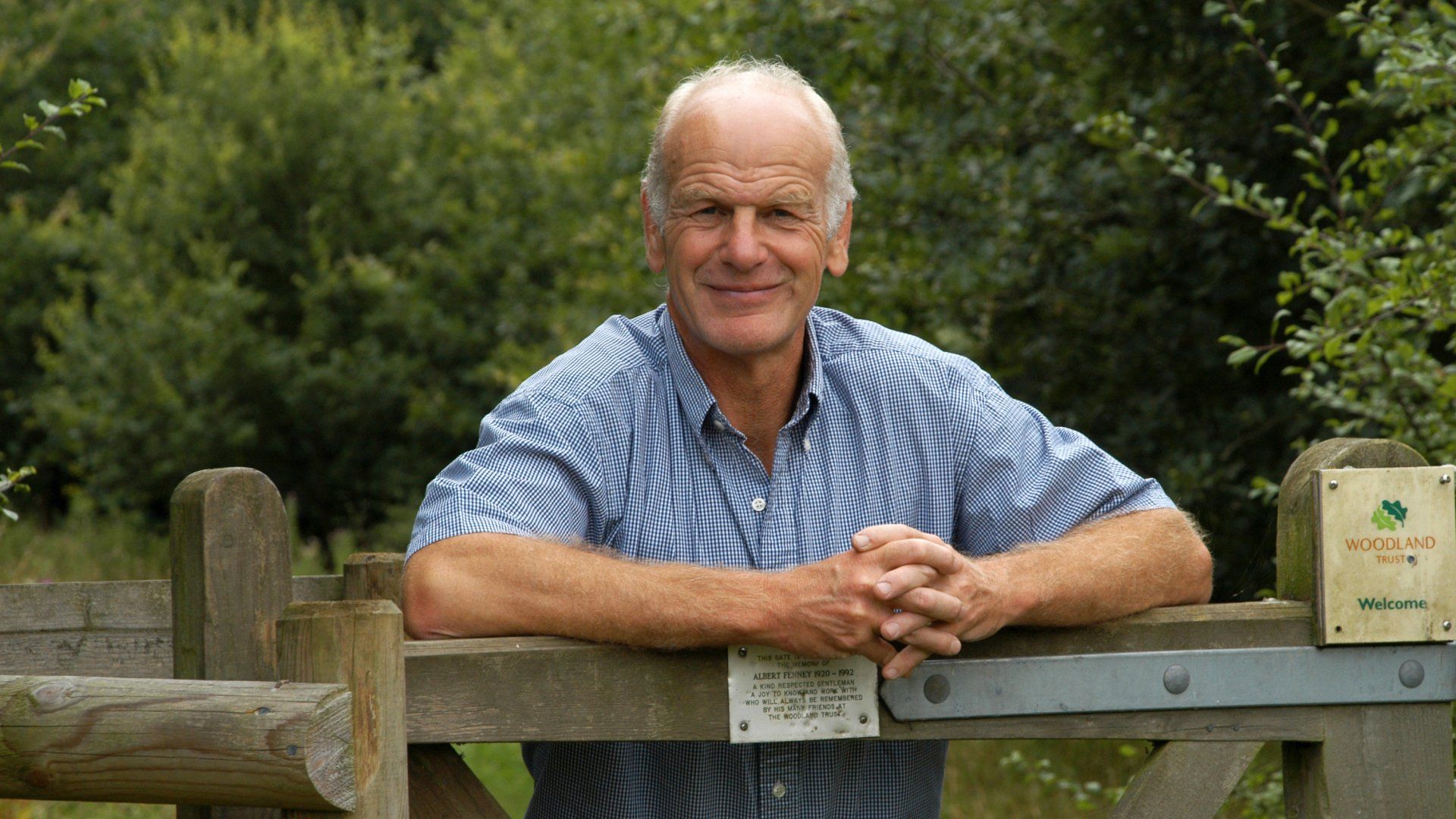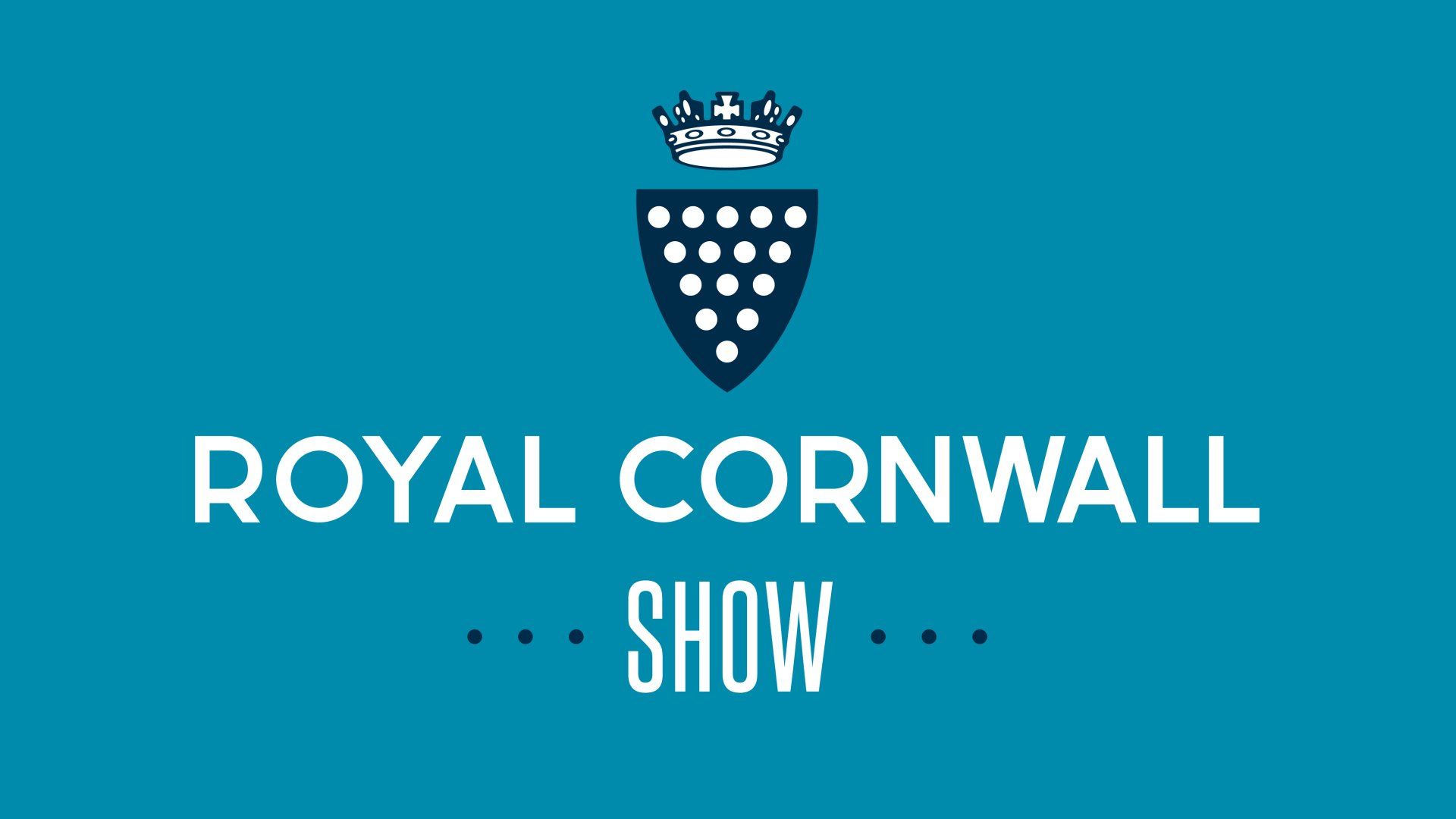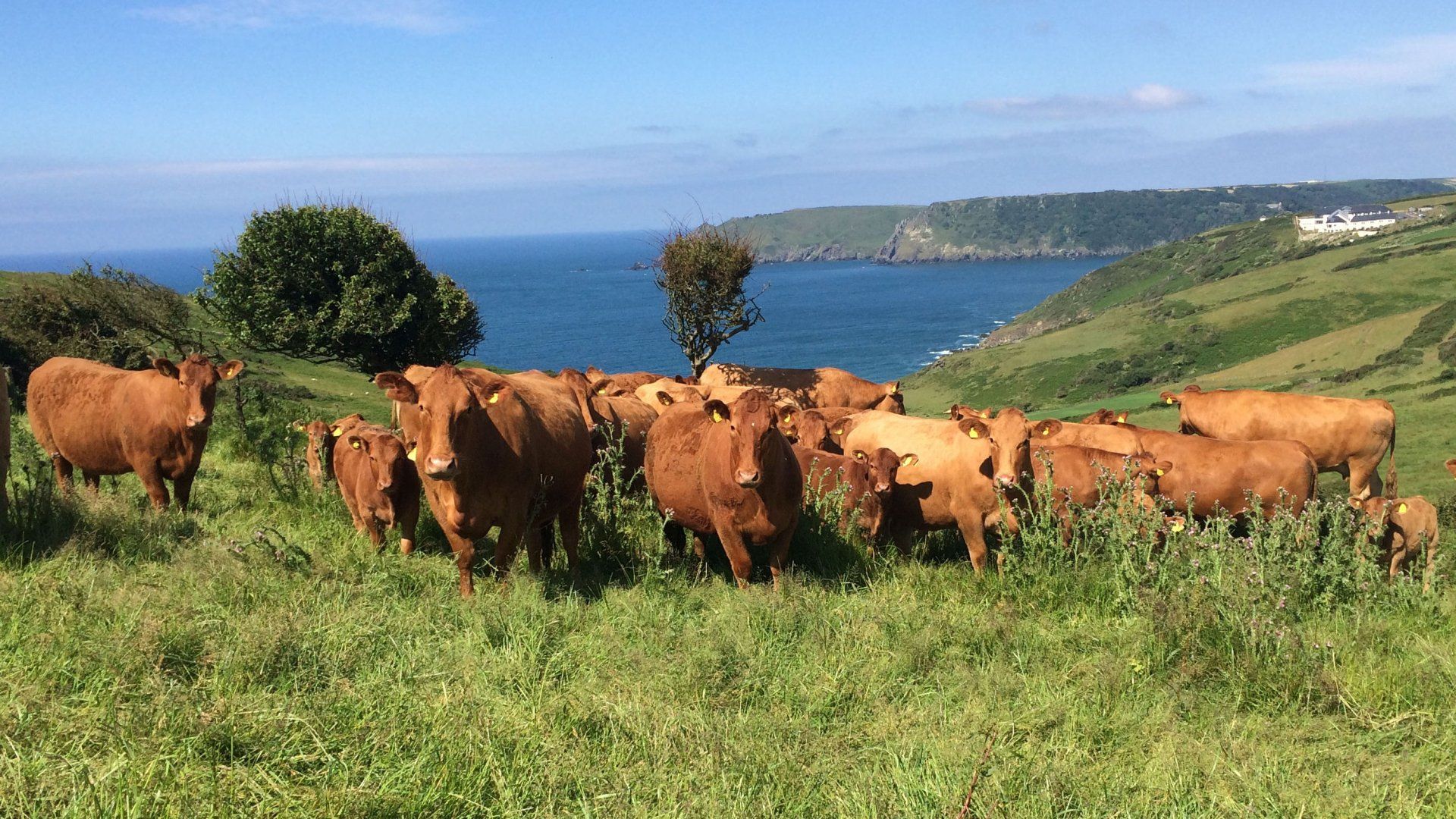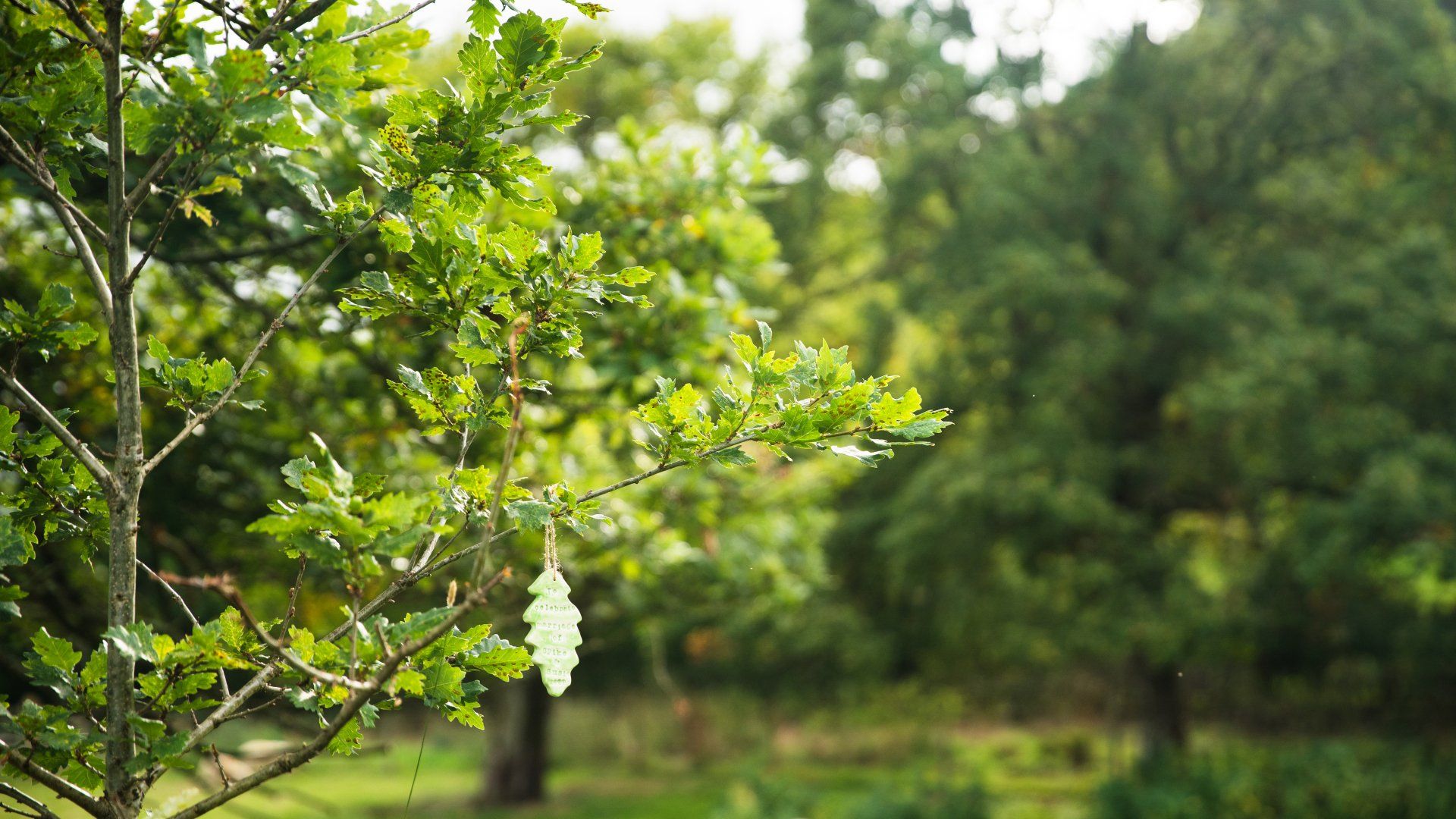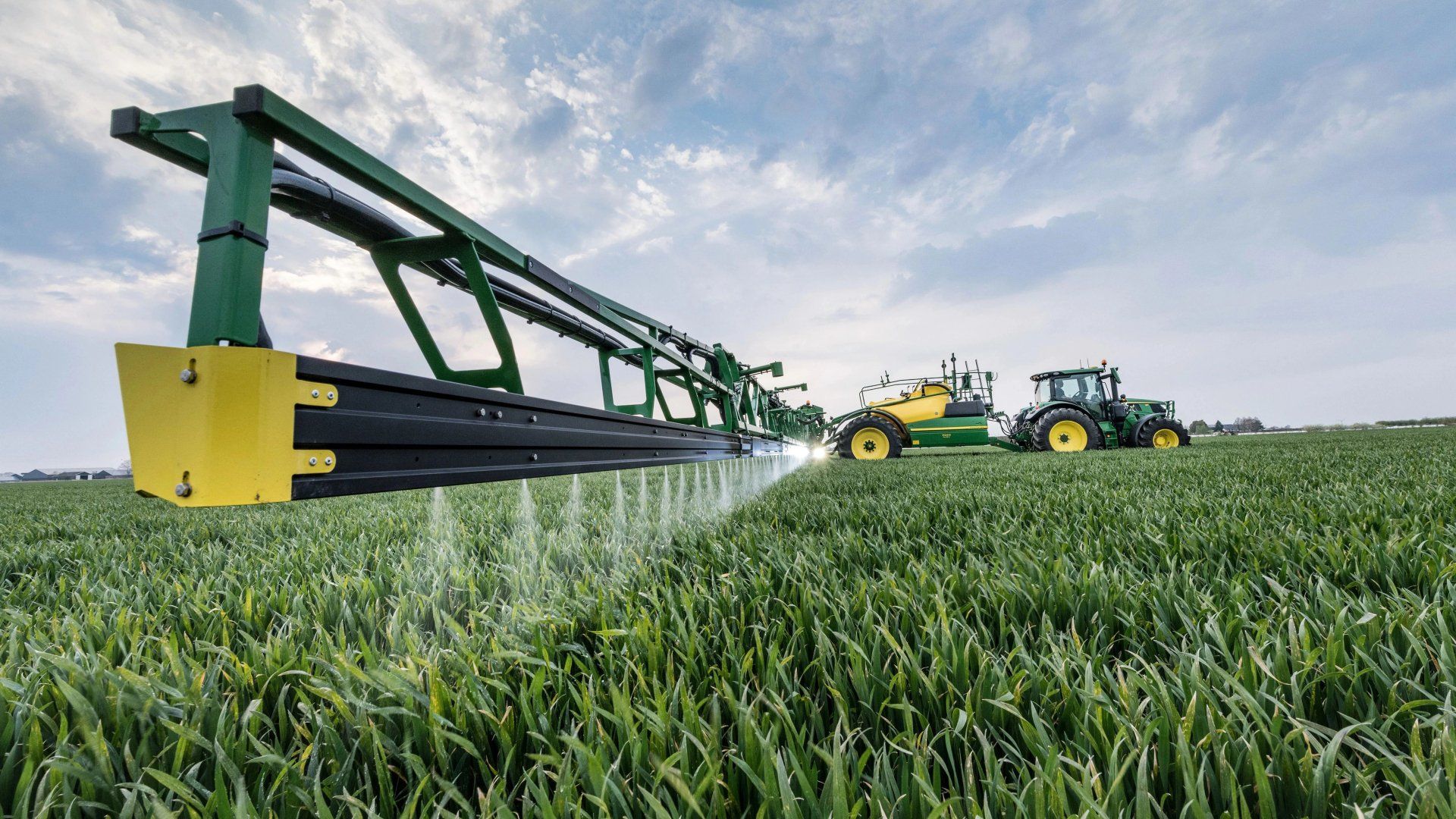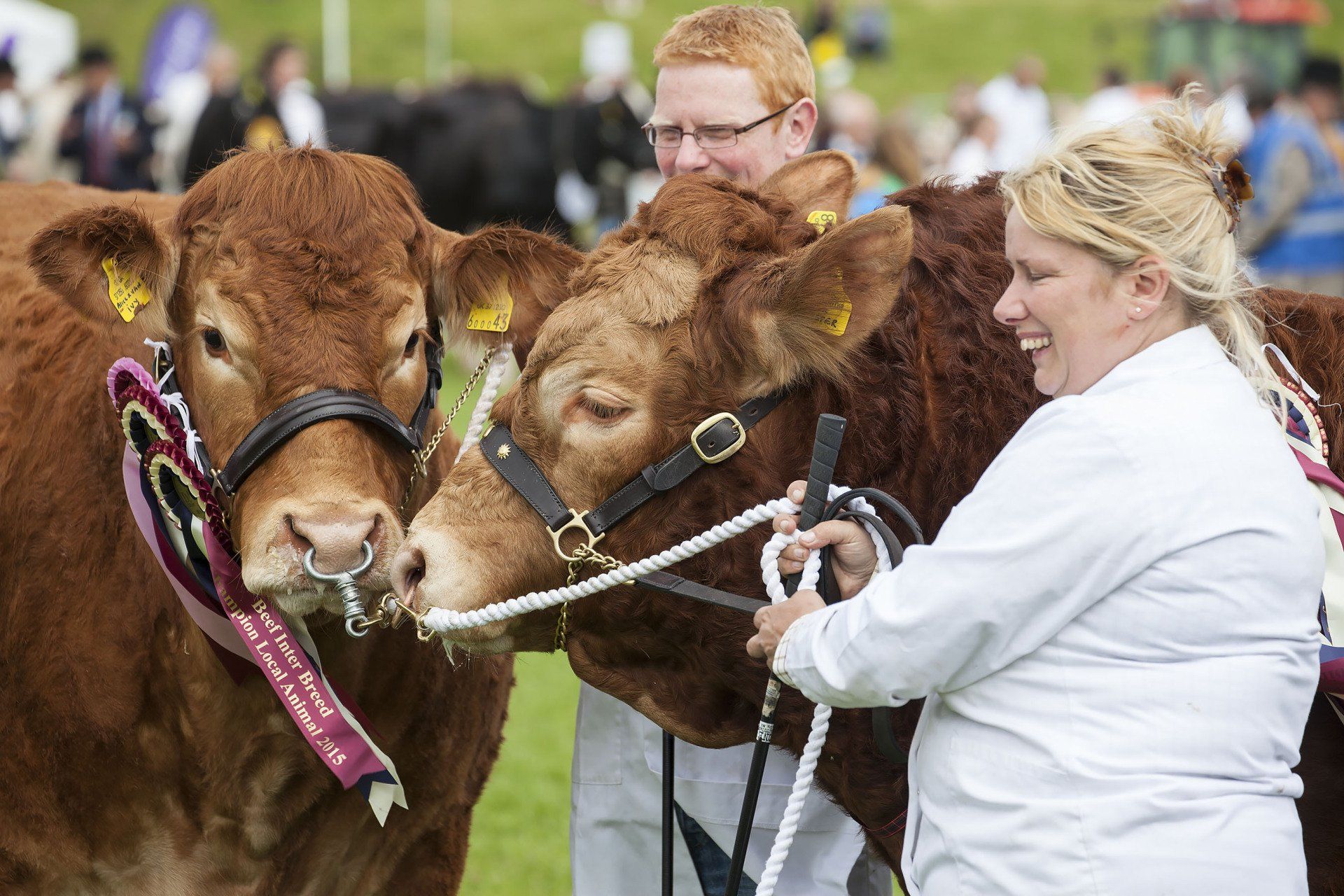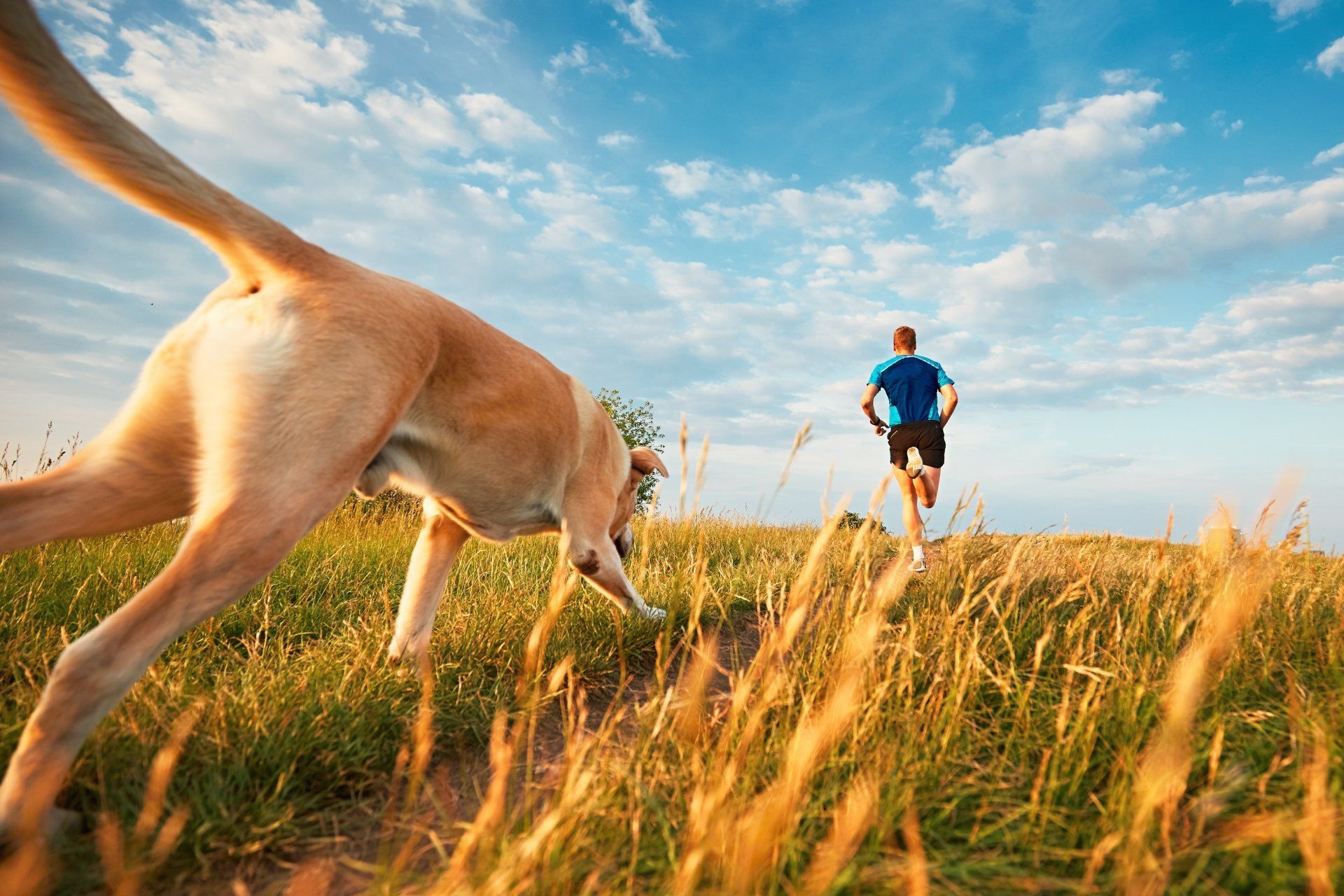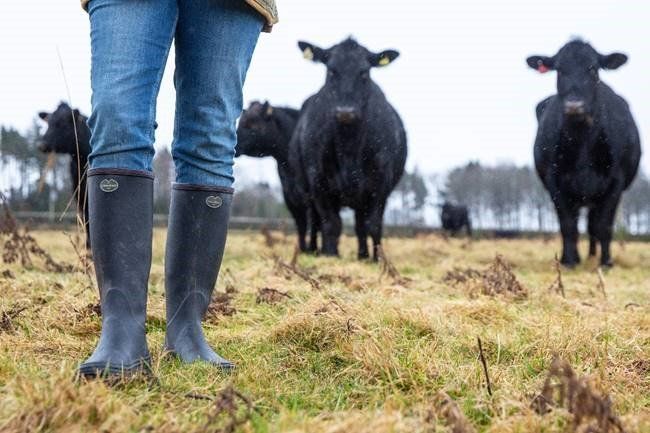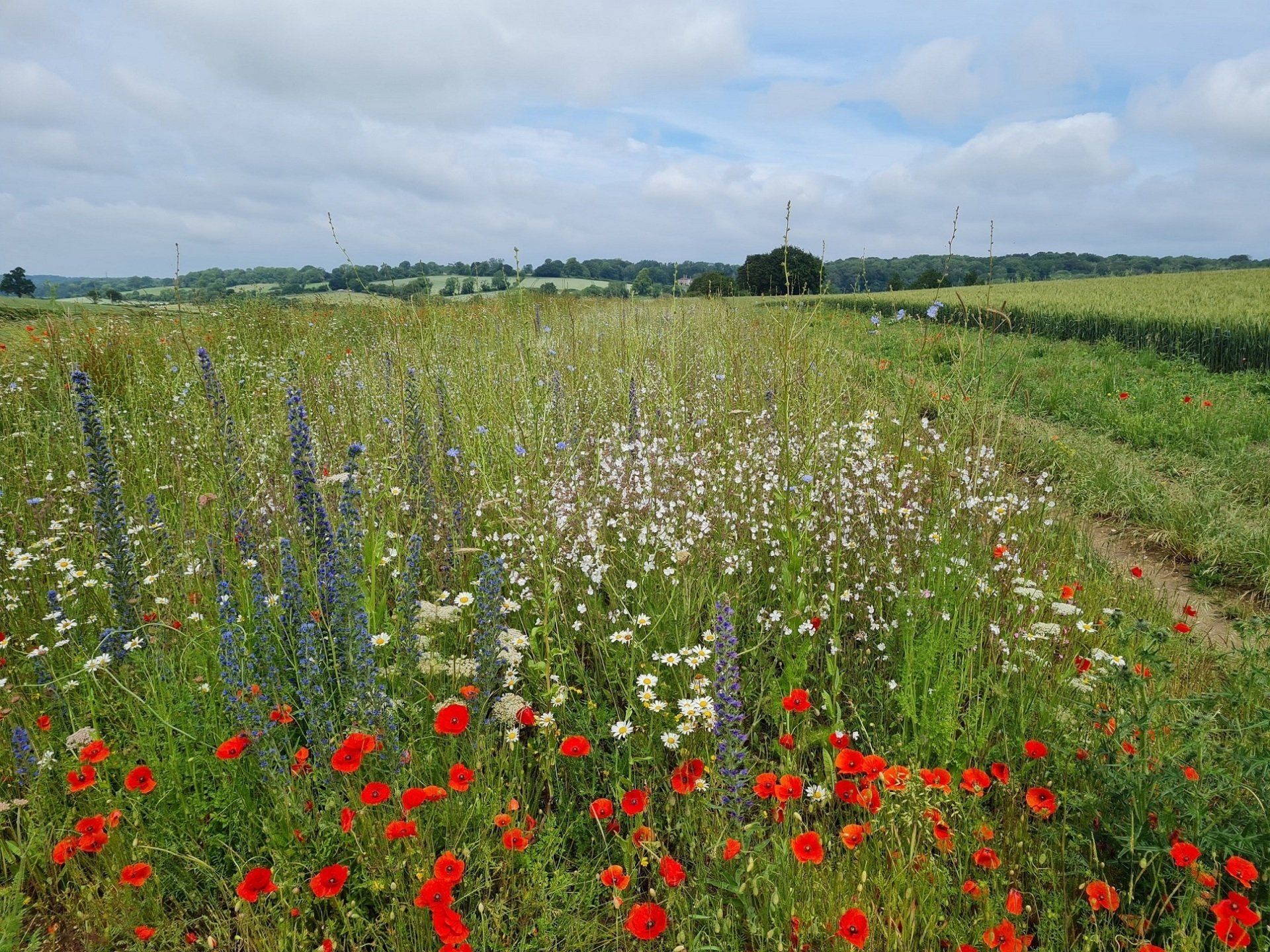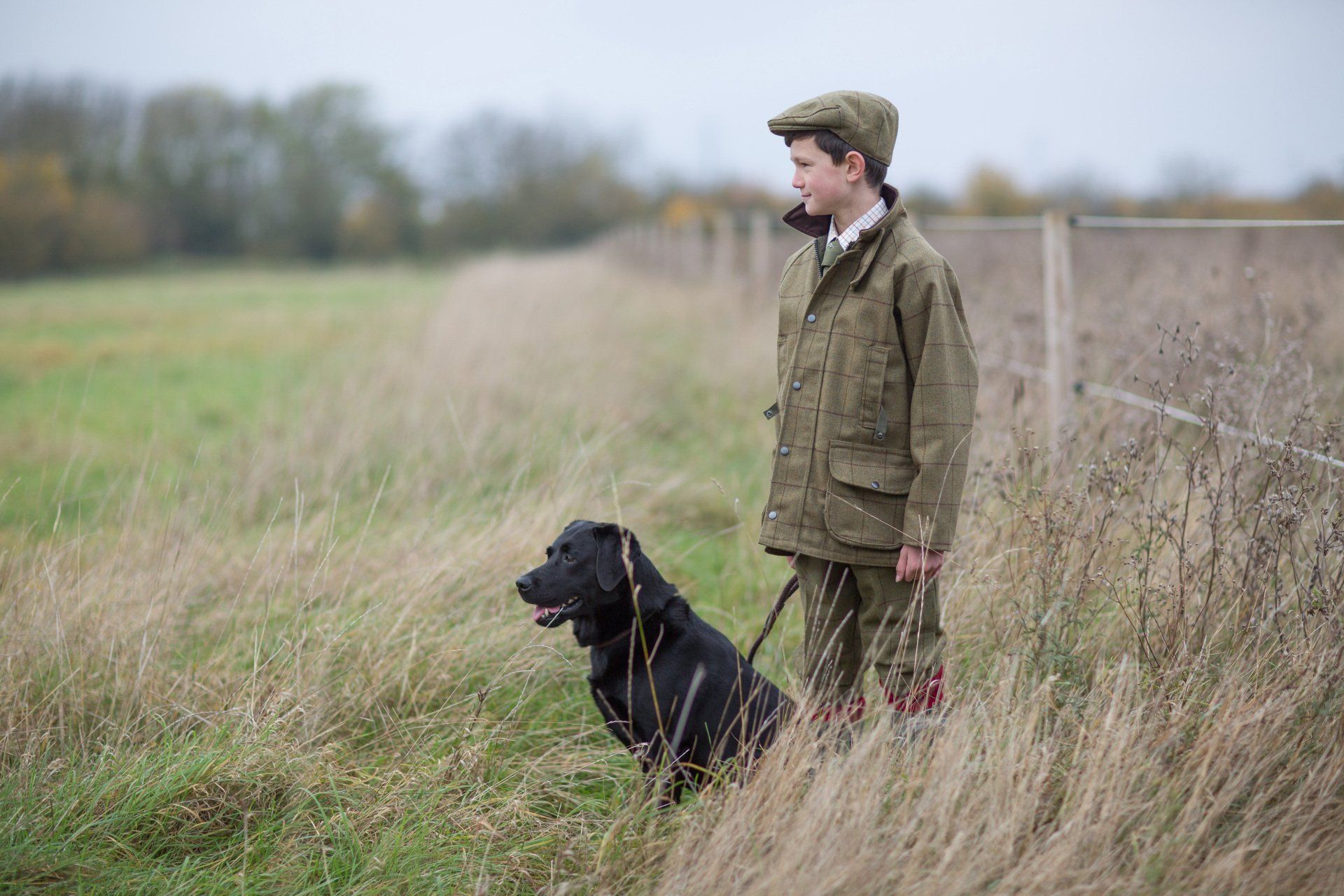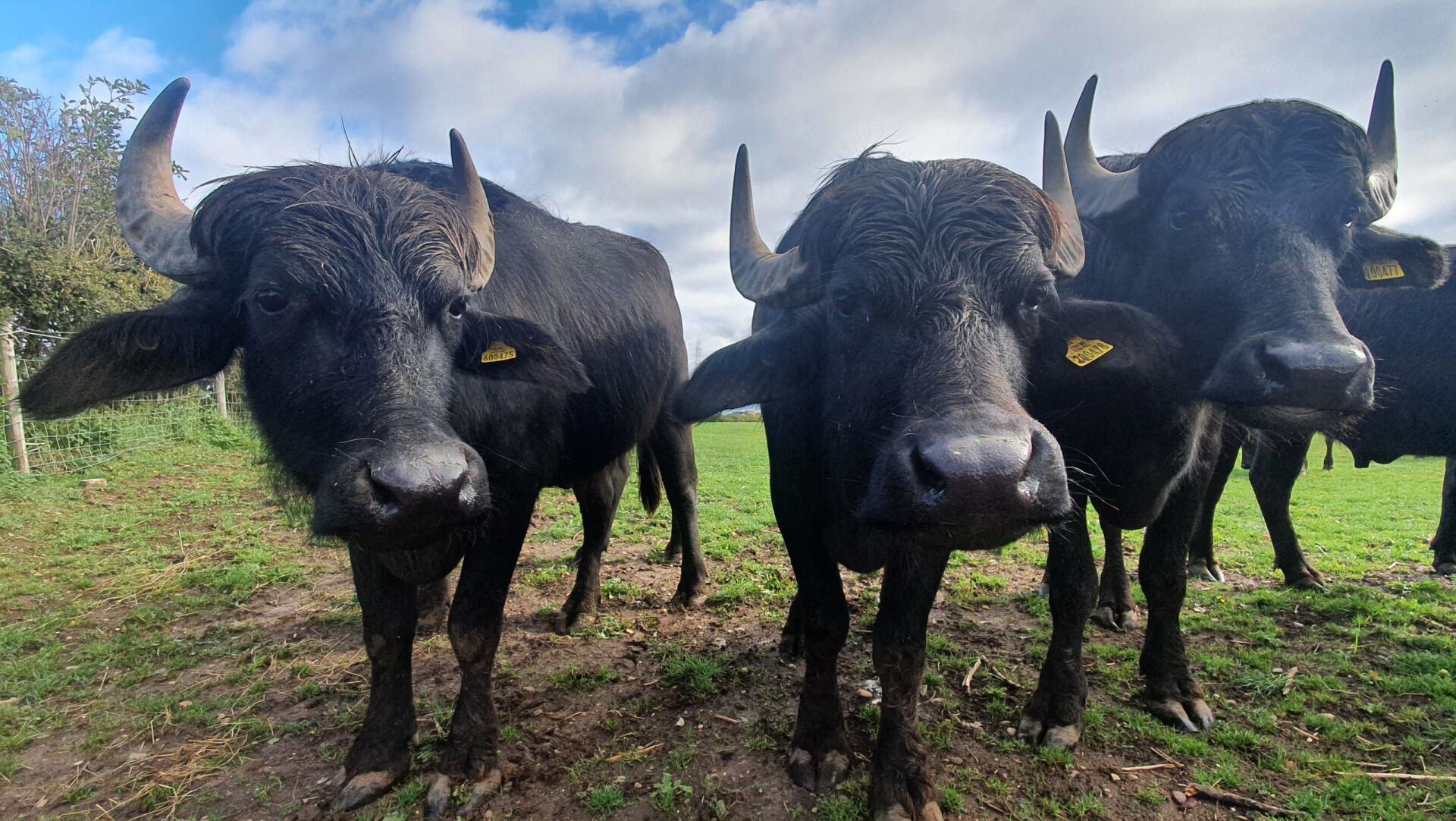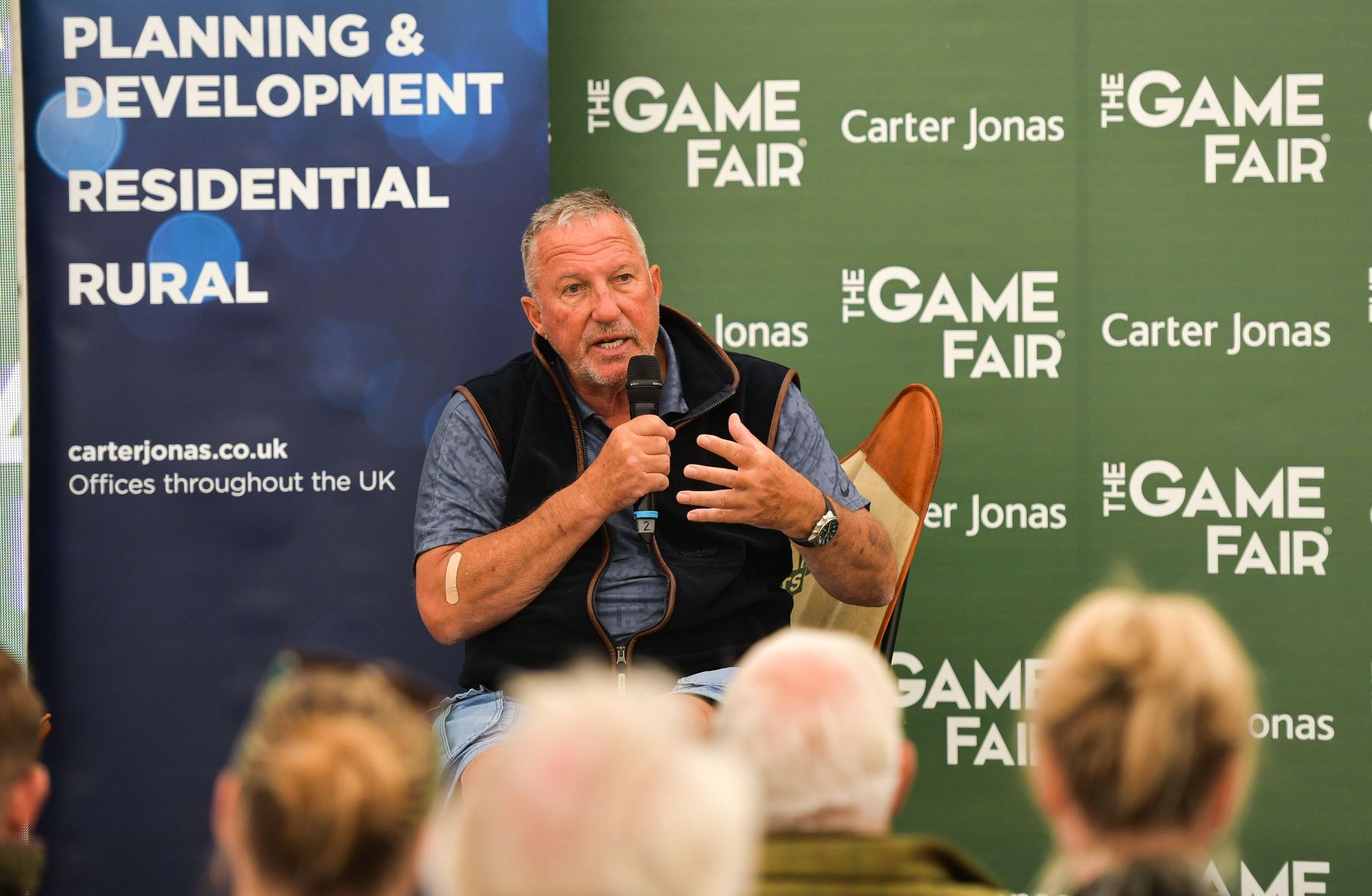Songs of Spring
Enhancing Your Garden for Birds
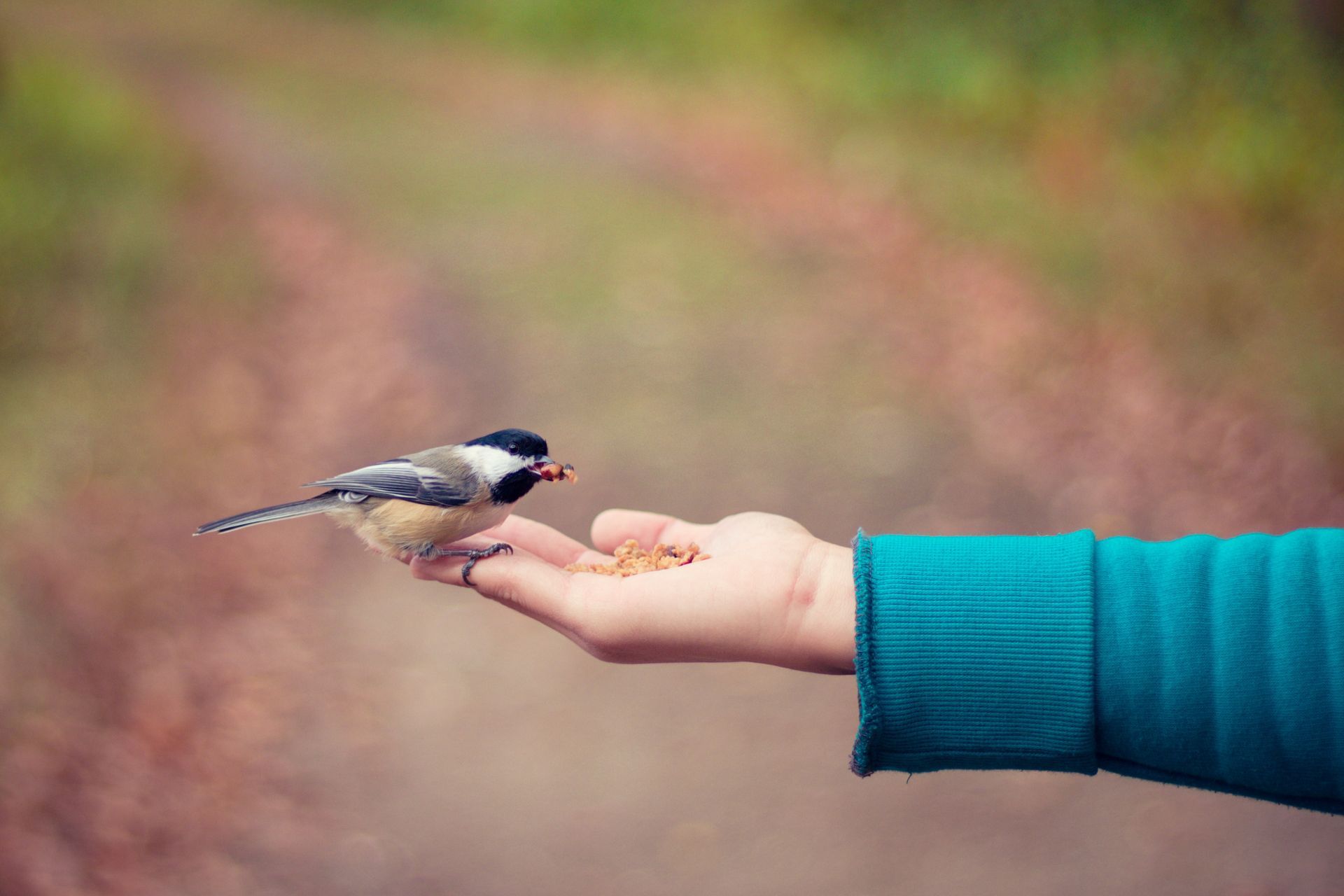
As the days lengthen and temperatures rise, spring brings a flurry of activity to gardens and green spaces across the United Kingdom. For bird enthusiasts, this season presents an opportunity to support and nourish our feathered friends as they navigate the challenges of nesting and raising young.
In this comprehensive feature, we explore the best practices for bird feeding in spring, offering tips and insights to help create a welcoming environment for avian visitors throughout the UK.
Understanding Spring Feeding Needs: Spring is a critical time for birds, as they transition from winter survival mode to the demands of breeding and raising young. During this period, birds require abundant energy and nutrients to fuel their activities, including courtship, nest building, egg laying, and feeding their offspring. Providing a reliable source of food can help support birds during this busy time and increase their chances of reproductive success.
Variety is Key: When it comes to bird feeding in spring, variety is key. Offering a diverse range of foods ensures that birds have access to the nutrients they need to thrive. Some popular options include:
• Seeds:
High-quality seed mixes containing a variety of seeds such as sunflower, nyjer, and millet are a staple food for many garden birds. These seeds provide essential fats, proteins, and carbohydrates to fuel their activities.
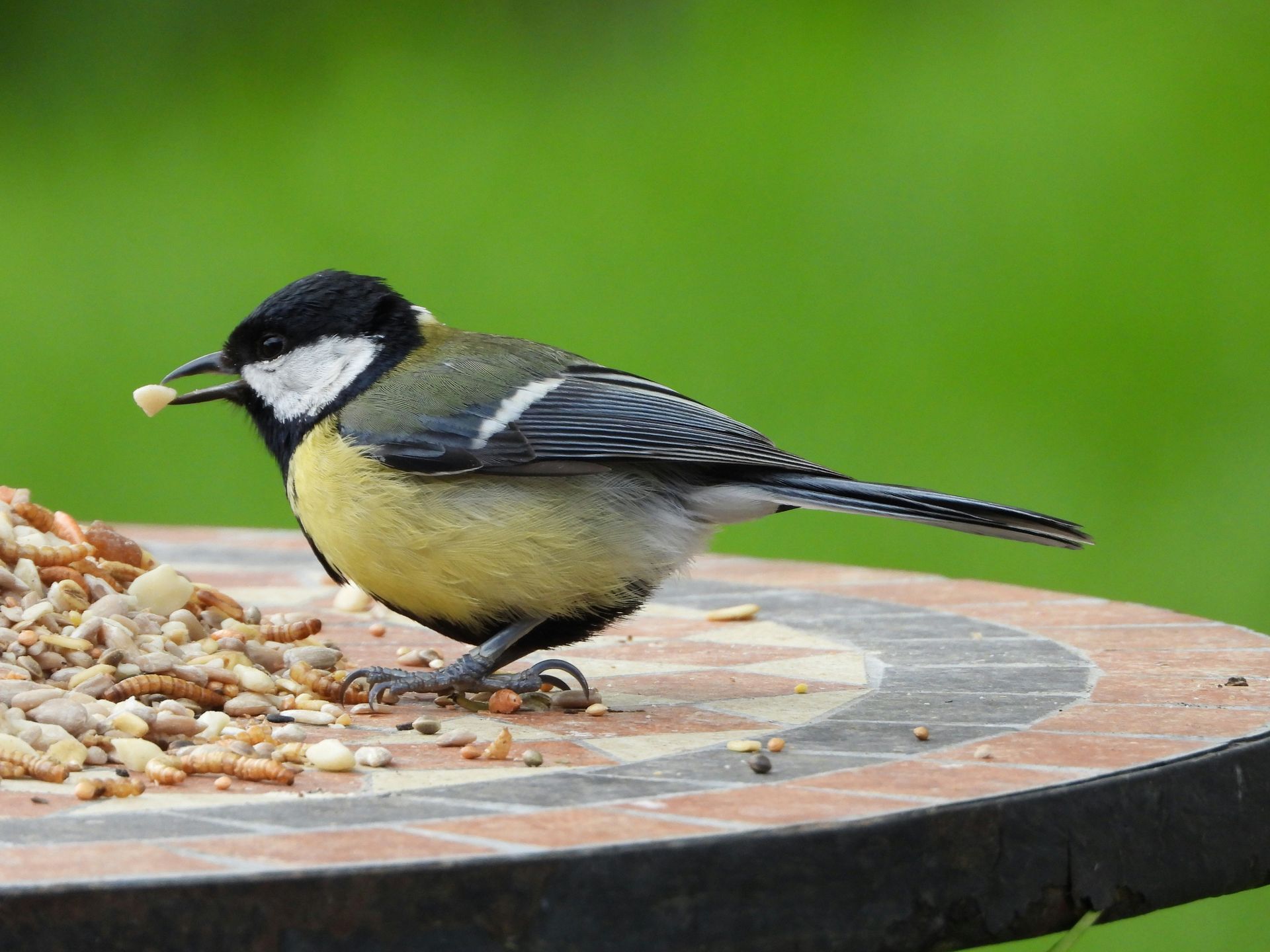
• Mealworms: Live or dried mealworms are a protein-rich treat that is particularly appealing to insect-eating birds such as robins, bluetits, and blackbirds. They provide an excellent source of energy for birds during the breeding season.
• Suet: Suet blocks or pellets are a valuable source of fat and energy, especially during colder spring days. They are popular with a wide range of birds, including tits, finches, and woodpeckers.
• Fruit: Fresh or dried fruits such as apples, raisins, and berries are enjoyed by many bird species and provide essential vitamins and minerals. They are especially attractive to thrushes, blackbirds, and starlings.
• Nectar: For garden birds that feed on nectar, such as hummingbirds and sunbirds, offering a sugar solution in specially designed feeders can help supplement their diet and provide a valuable energy boost.
Timing and Frequency: In spring, it's essential to offer food to birds consistently throughout the day, especially during the early morning and late afternoon when they are most active. Keeping feeders stocked with fresh food and water ensures that birds have access to nourishment whenever they need it. Avoid overfilling feeders to prevent food from spoiling or attracting unwanted pests such as rodents.
Consideration for Nesting Birds: When feeding birds in spring, it's essential to consider the needs of nesting birds and their offspring. Avoid placing feeders too close to nest sites, as this may attract predators or disturb nesting pairs. Additionally, offering high-energy foods such as mealworms and suet can help provide nesting birds with the extra nutrition they need to raise healthy chicks.
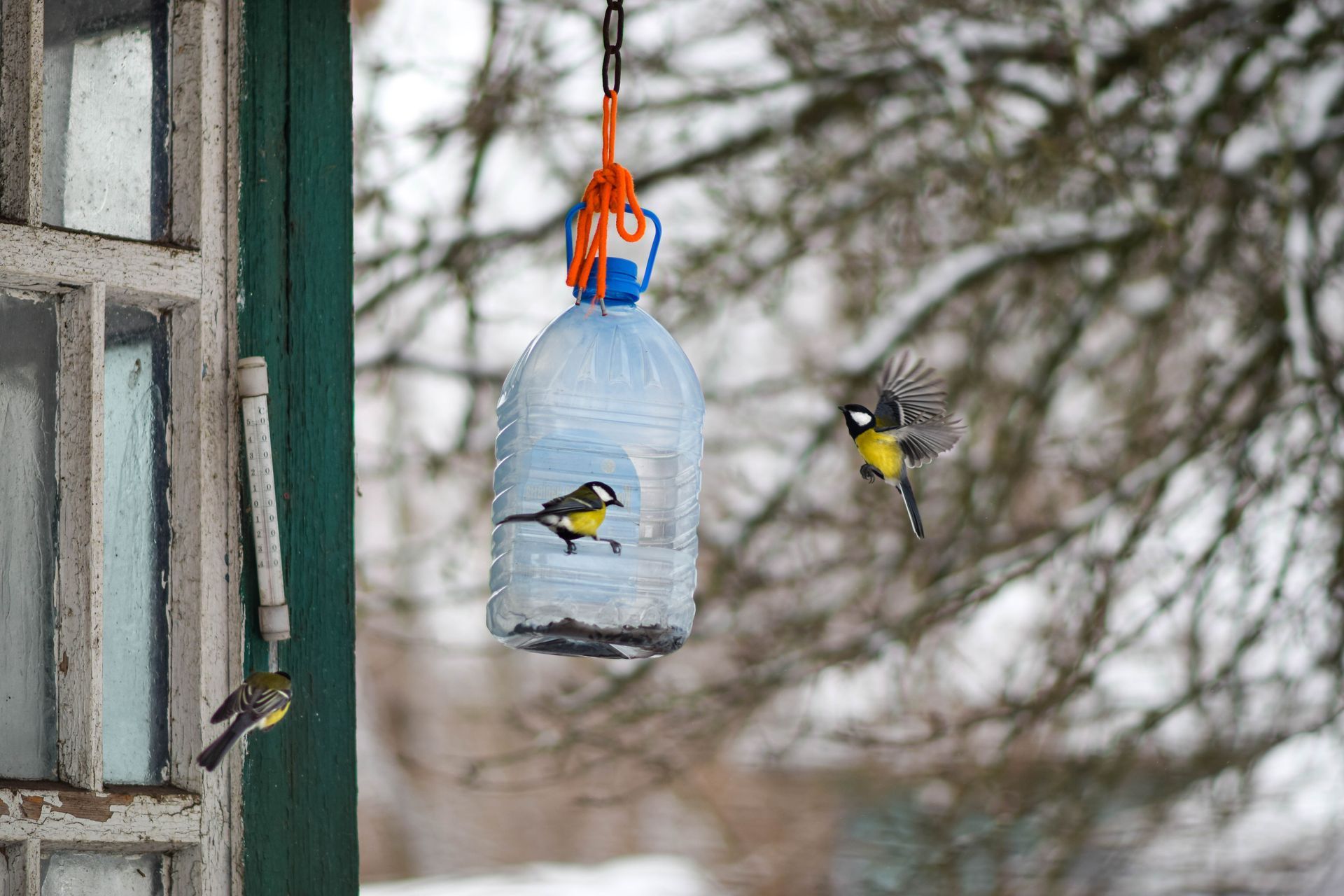
Hygiene and Cleanliness: Maintaining clean feeding areas and feeders is crucial for preventing the spread of disease and ensuring the health of visiting birds. Regularly clean feeders with warm, soapy water, and rinse thoroughly before refilling them with fresh food. Remove any uneaten or spoiled food promptly to prevent contamination and mould growth.
Native Plantings: In addition to providing supplemental food, incorporating native plants into your garden can attract a diverse range of insects and other invertebrates, which serve as natural food sources for birds. Native plants also provide nesting sites, shelter, and habitat for a variety of bird species, contributing to the overall health and biodiversity of your garden ecosystem.
Tip for Feeding Birds in Your Garden: To attract a wide variety of bird species to your garden, consider offering different types of feeding stations and feeders. Hang bird feeders at varying heights and locations to accommodate different feeding preferences and behaviours. Additionally, provide sheltered areas such as shrubs, trees, or birdhouses where birds can rest and feel safe while feeding.
Feeding birds in spring is an enriching experience that allows us to connect with nature and support the well-being of our feathered friends. By offering a variety of foods, maintaining clean feeding areas, and considering the needs of nesting birds, we can create a welcoming environment for birds to thrive throughout the breeding season.
Whether you have a small balcony or a sprawling garden, there are countless ways to attract and nourish birds in spring, bringing joy and vitality to your outdoor space while contributing to the conservation of our avian allies across the UK.
Read more:
